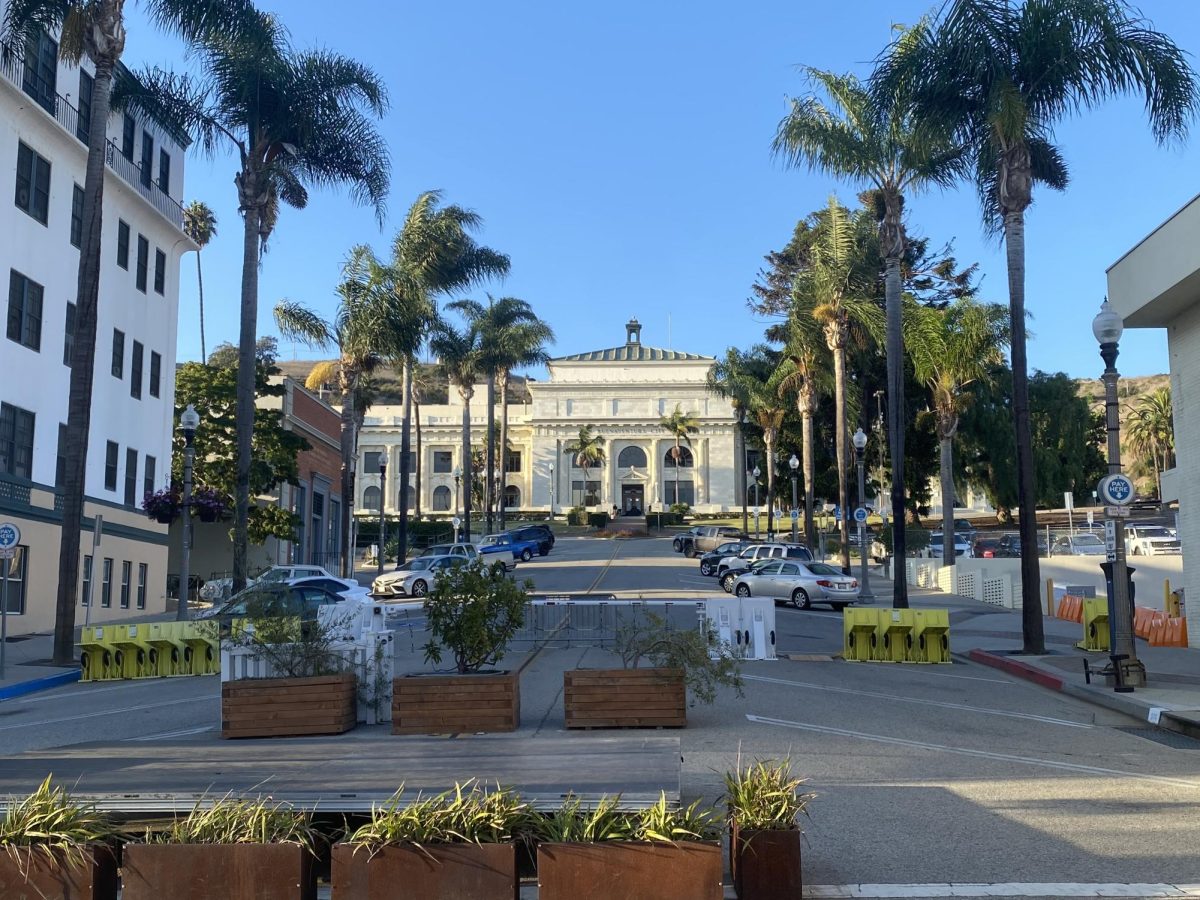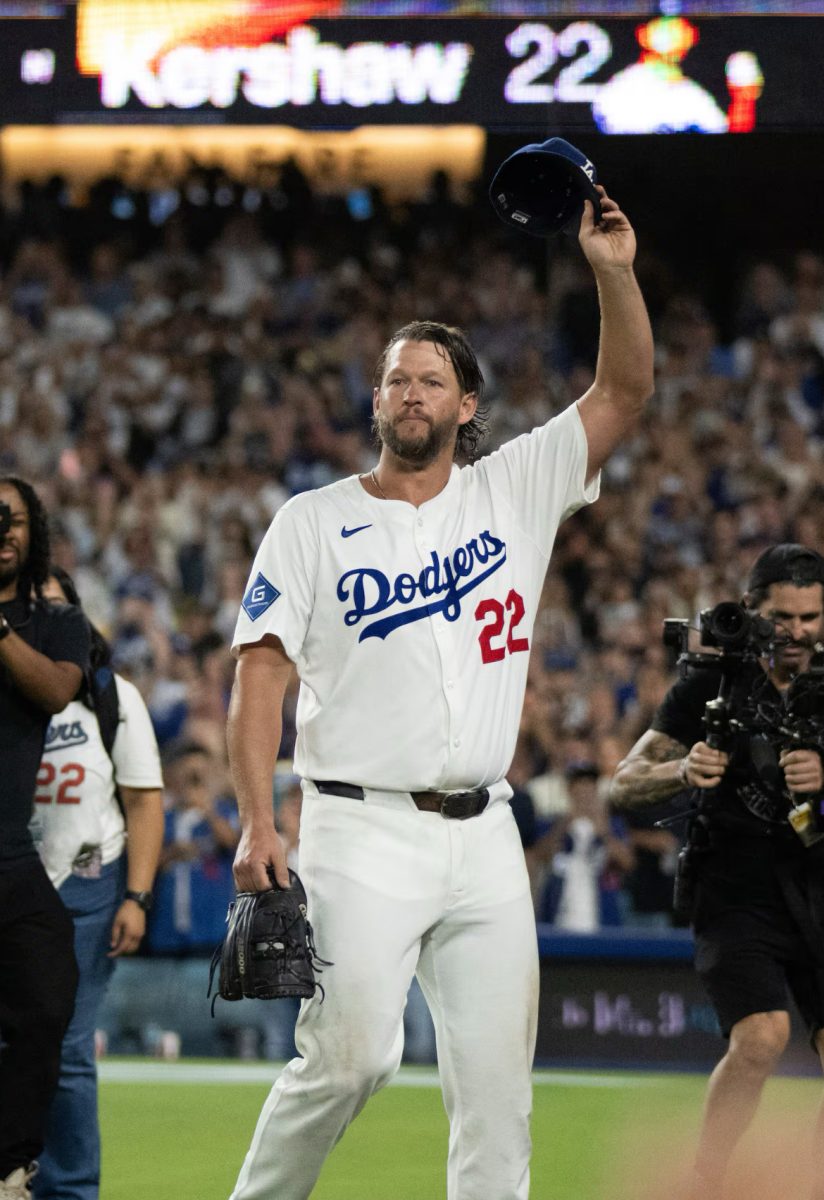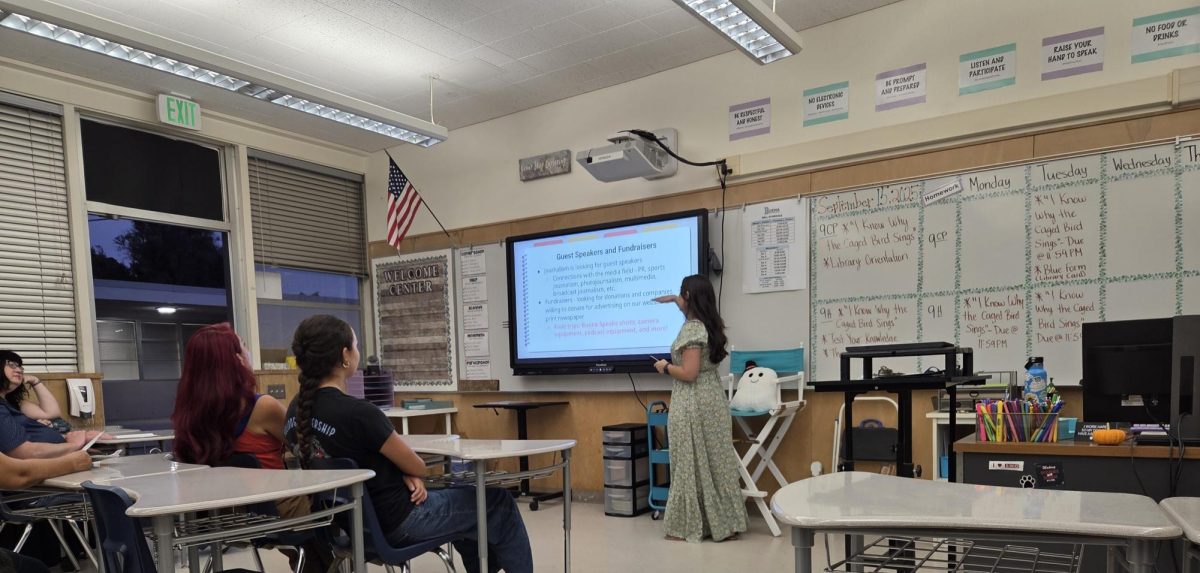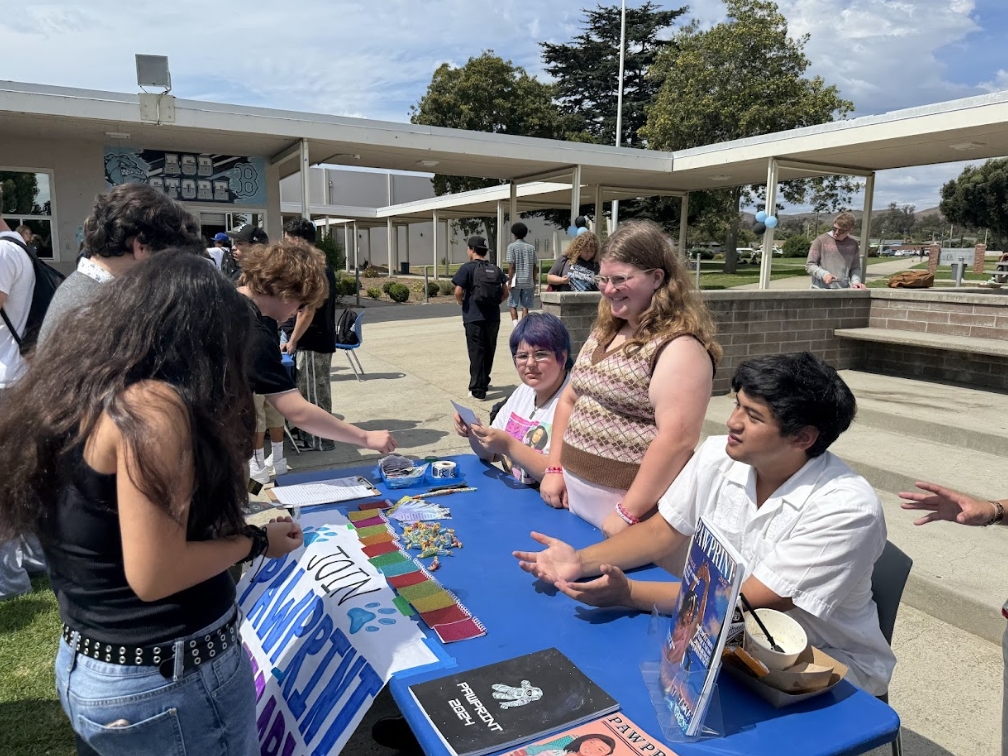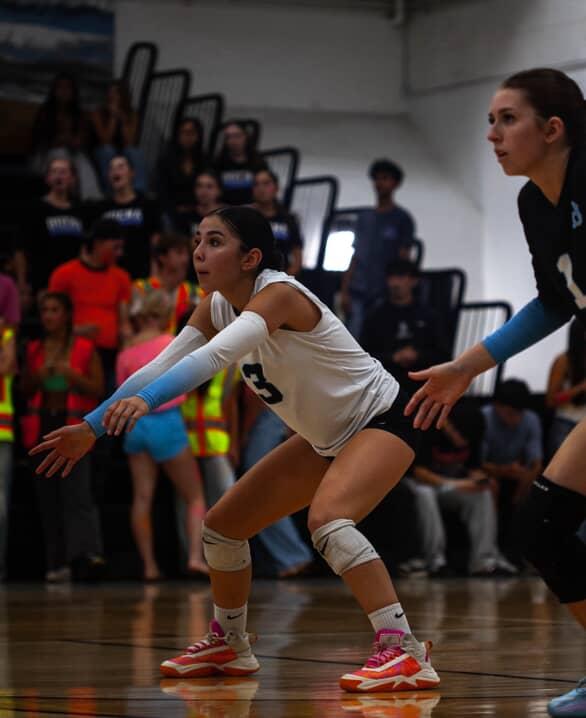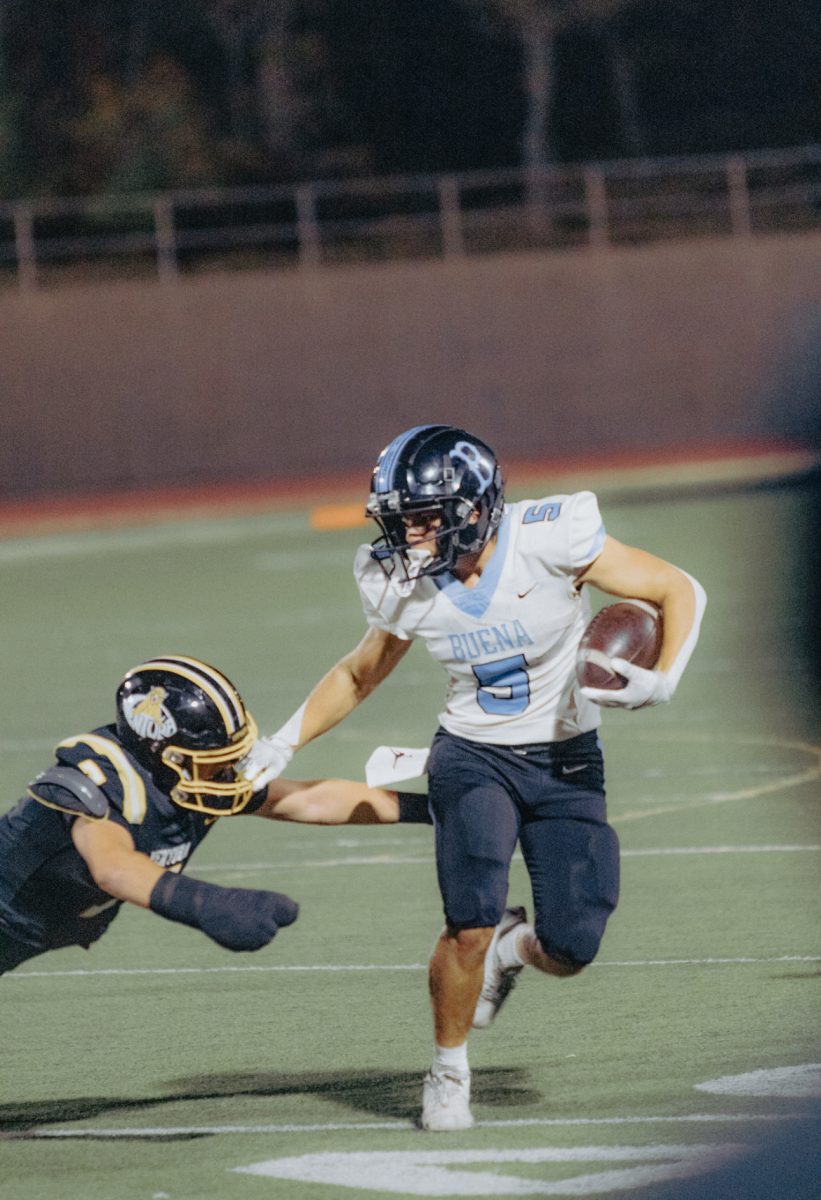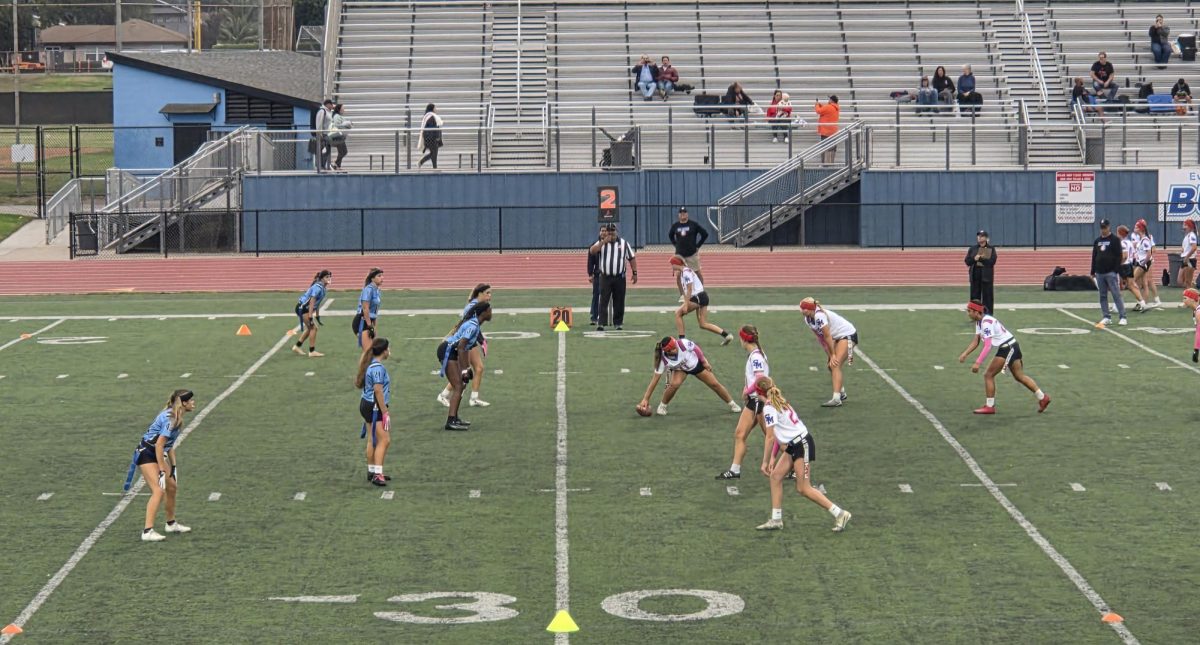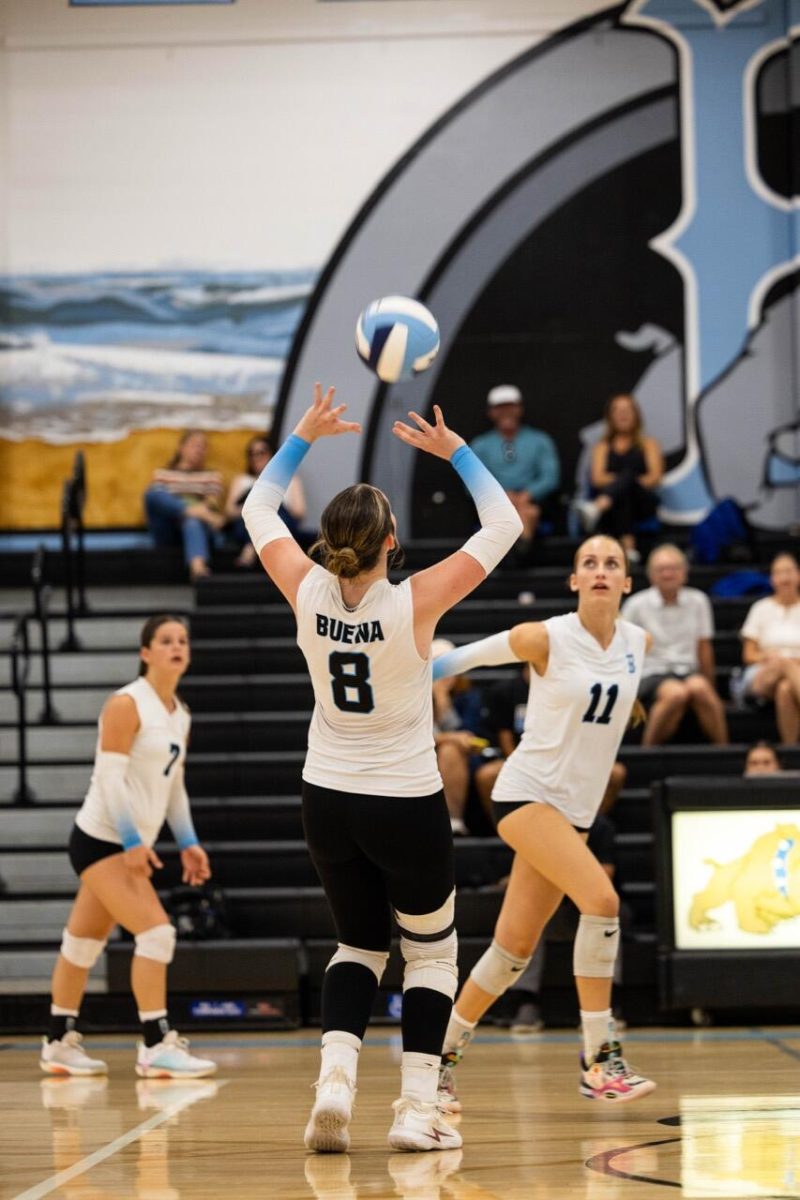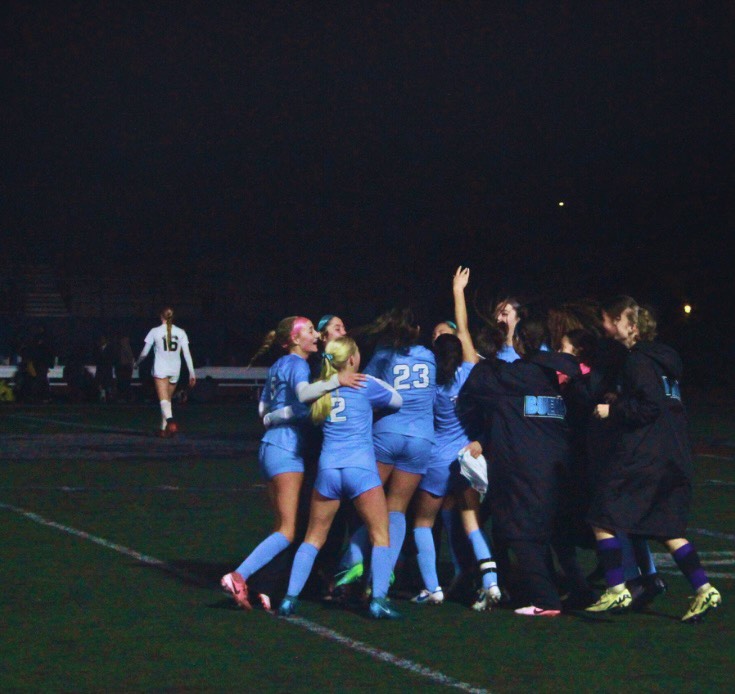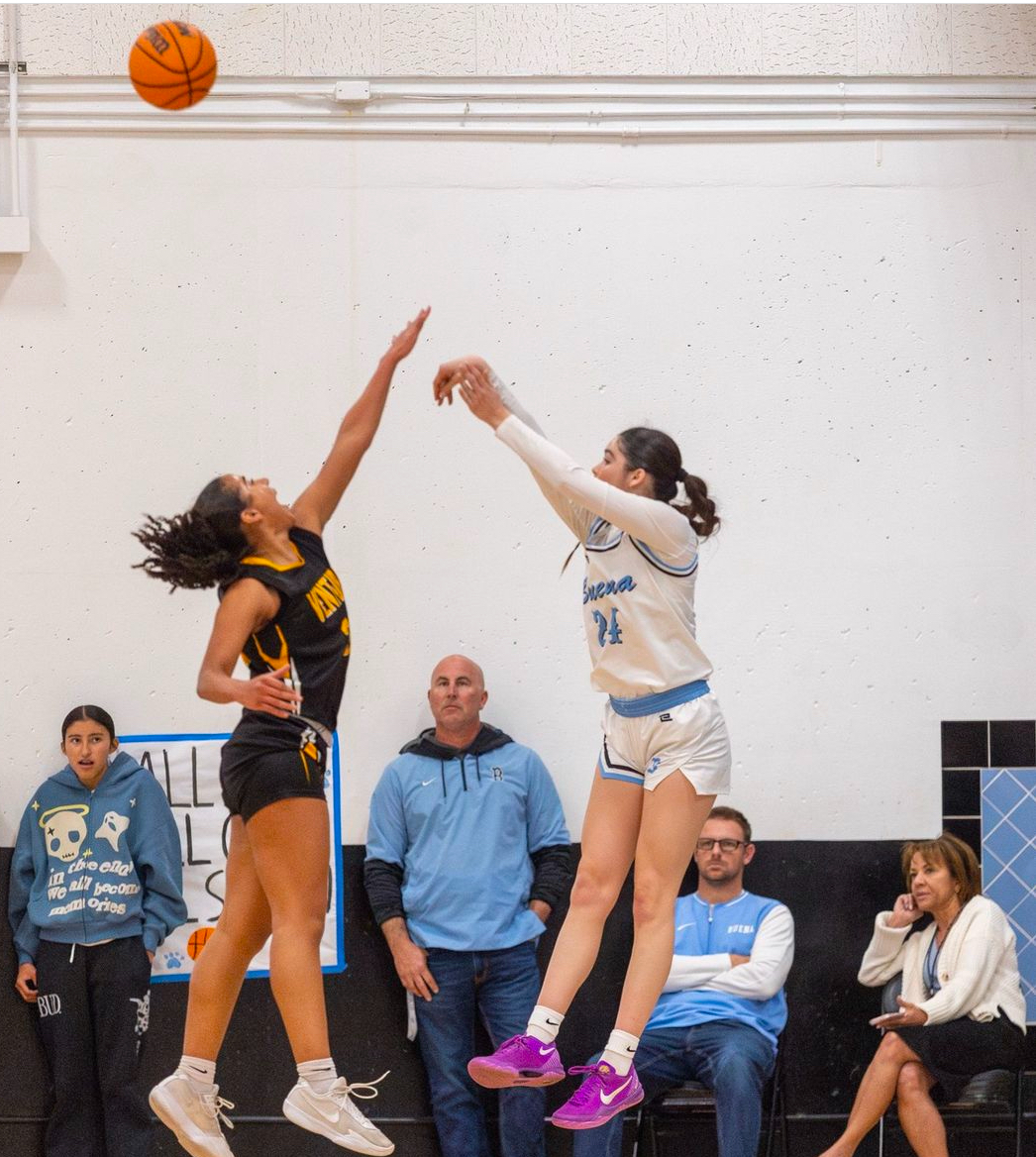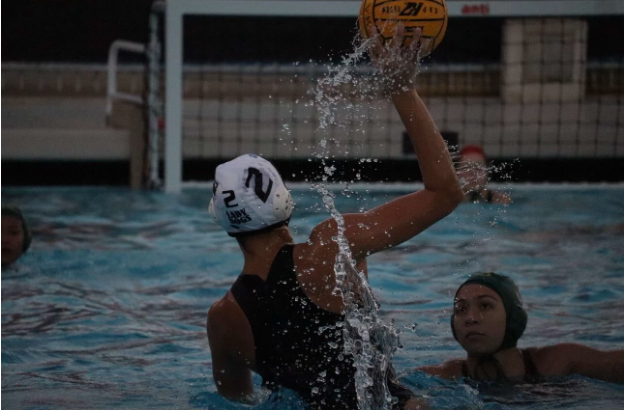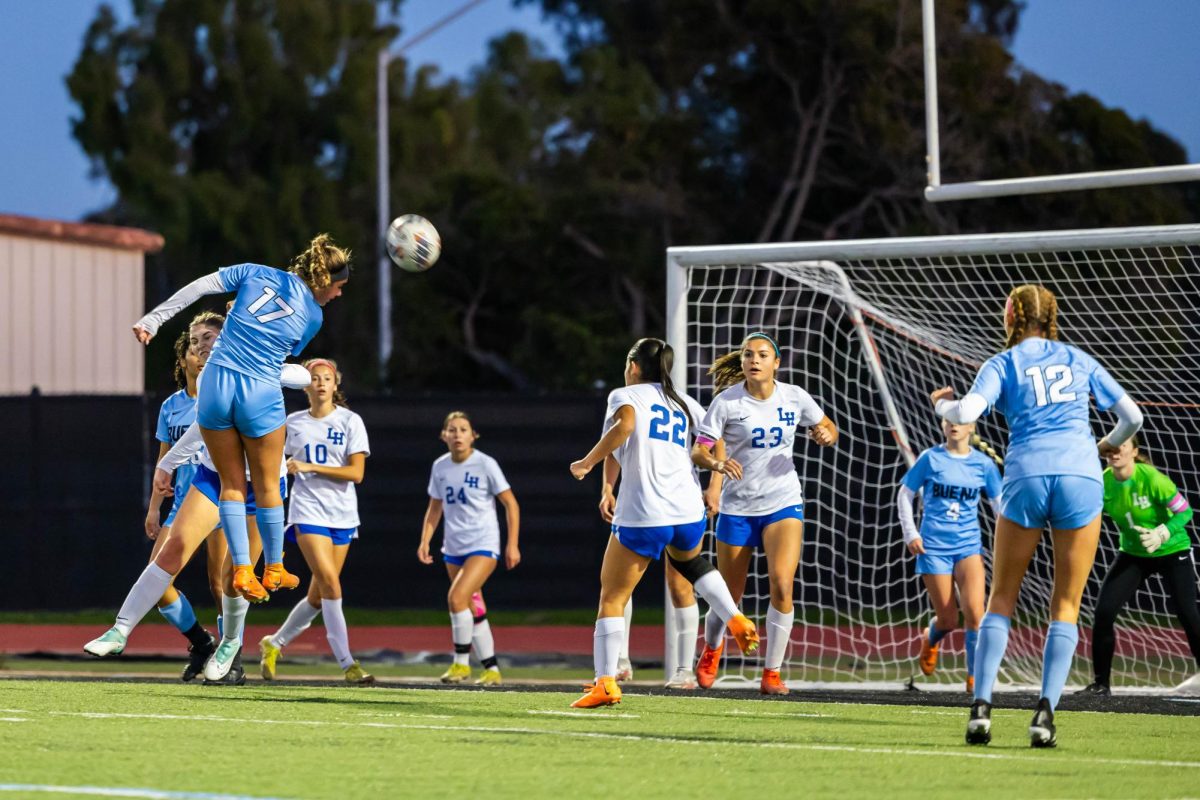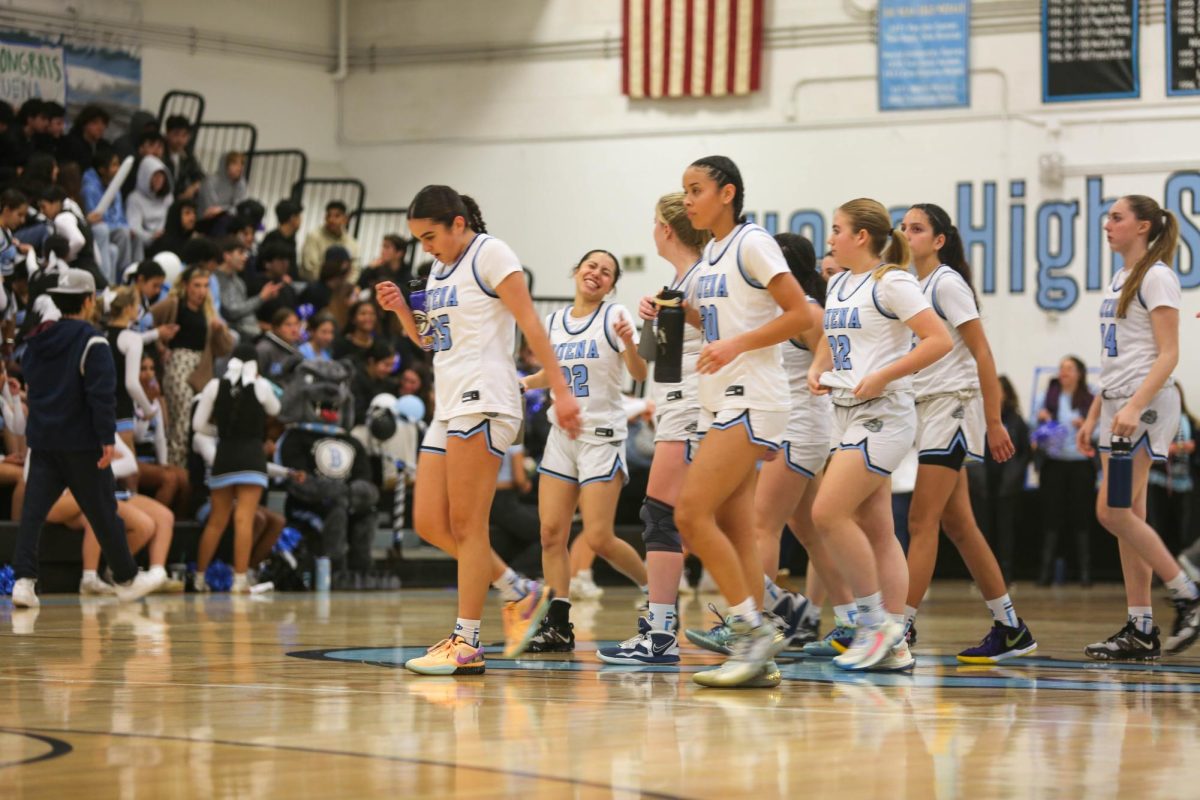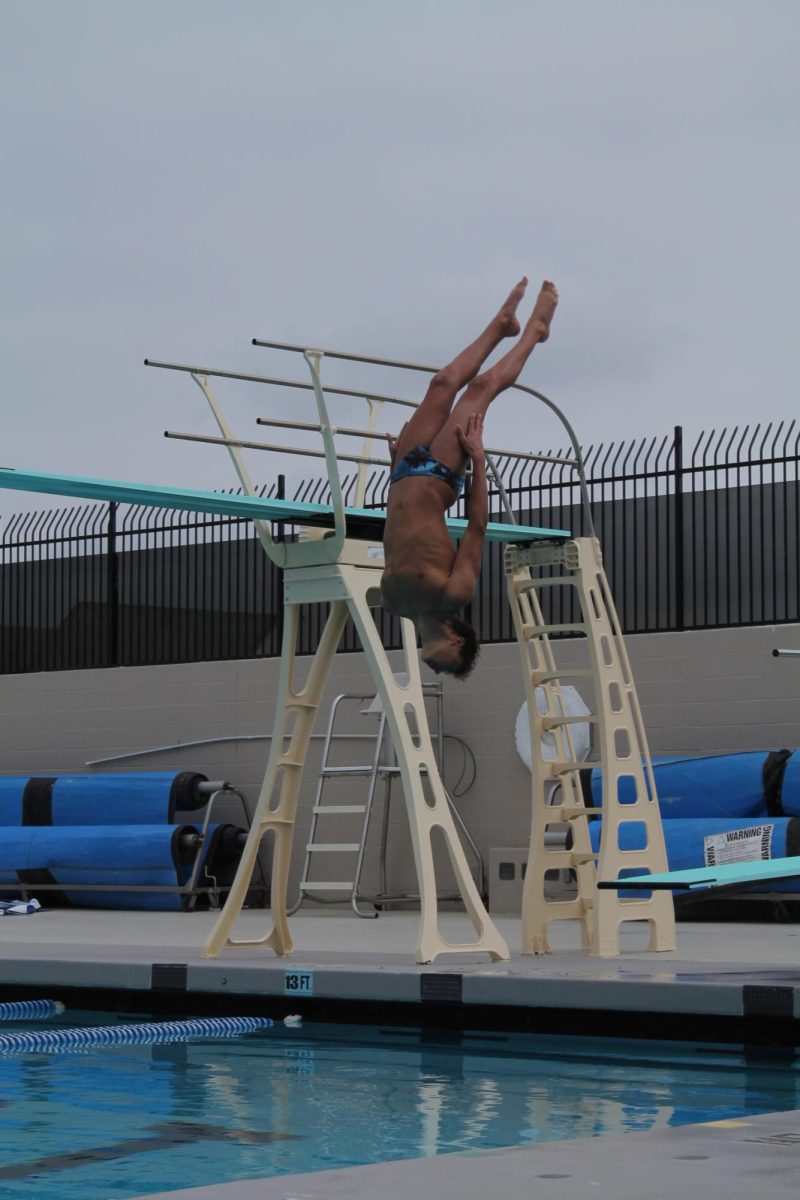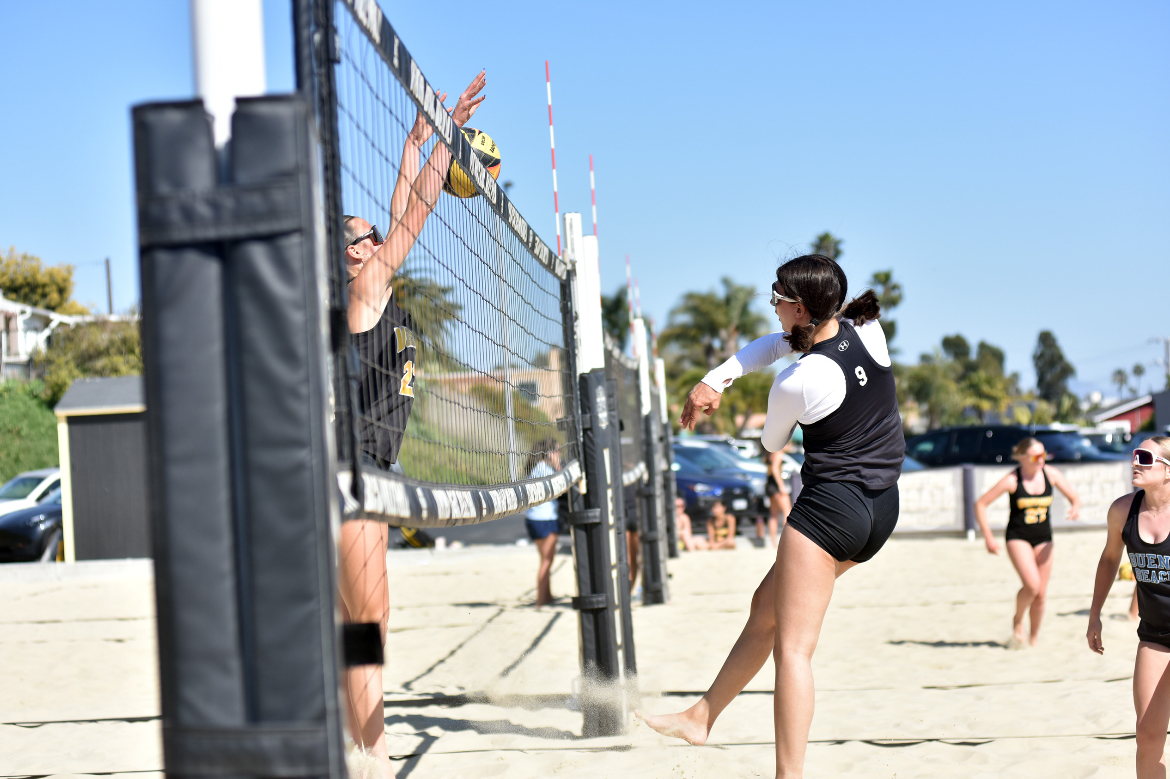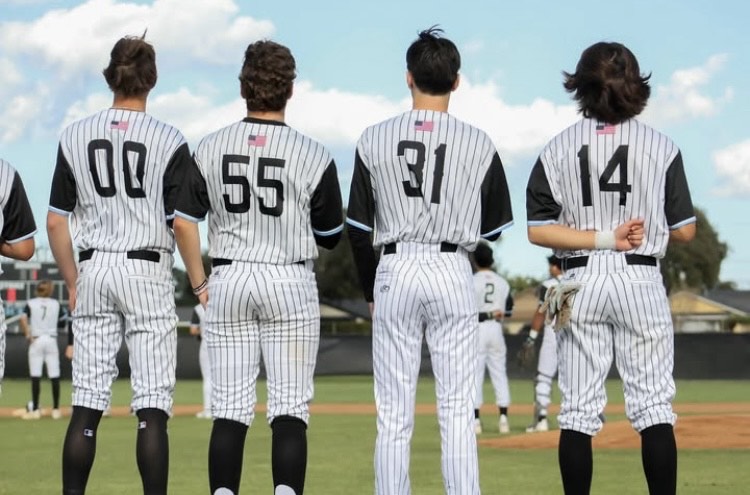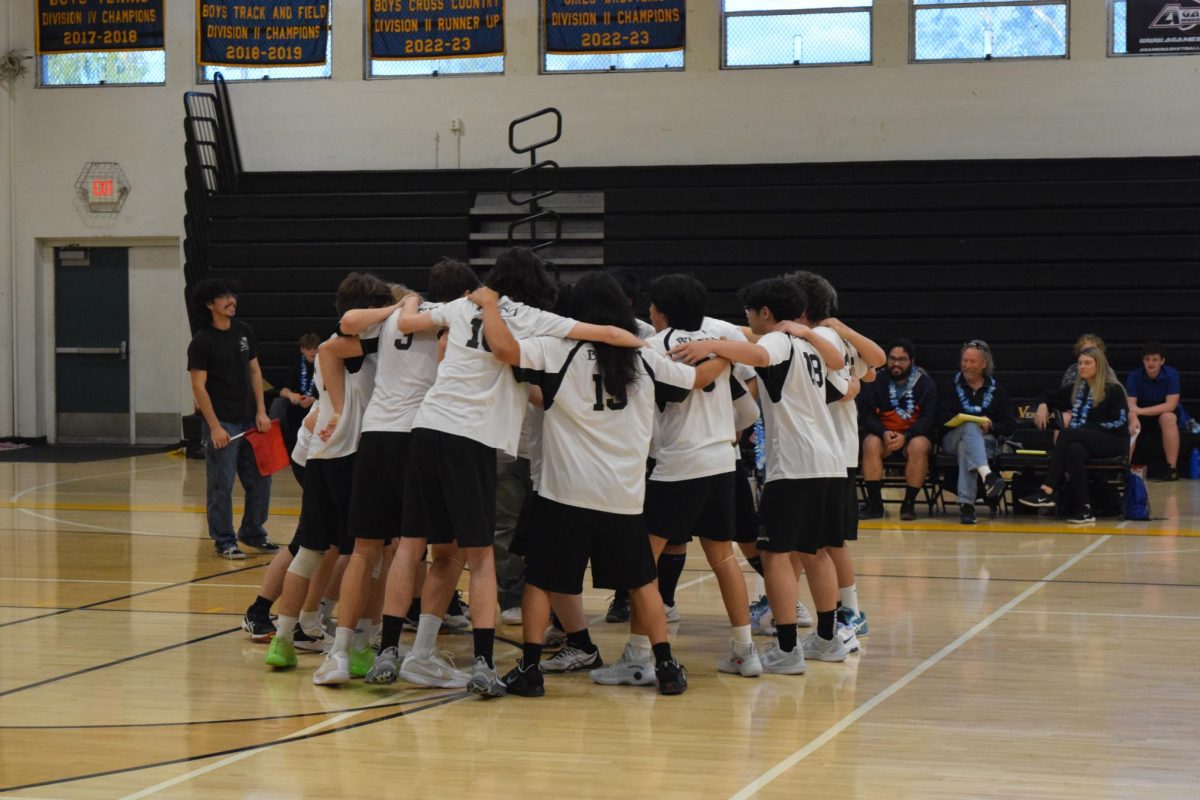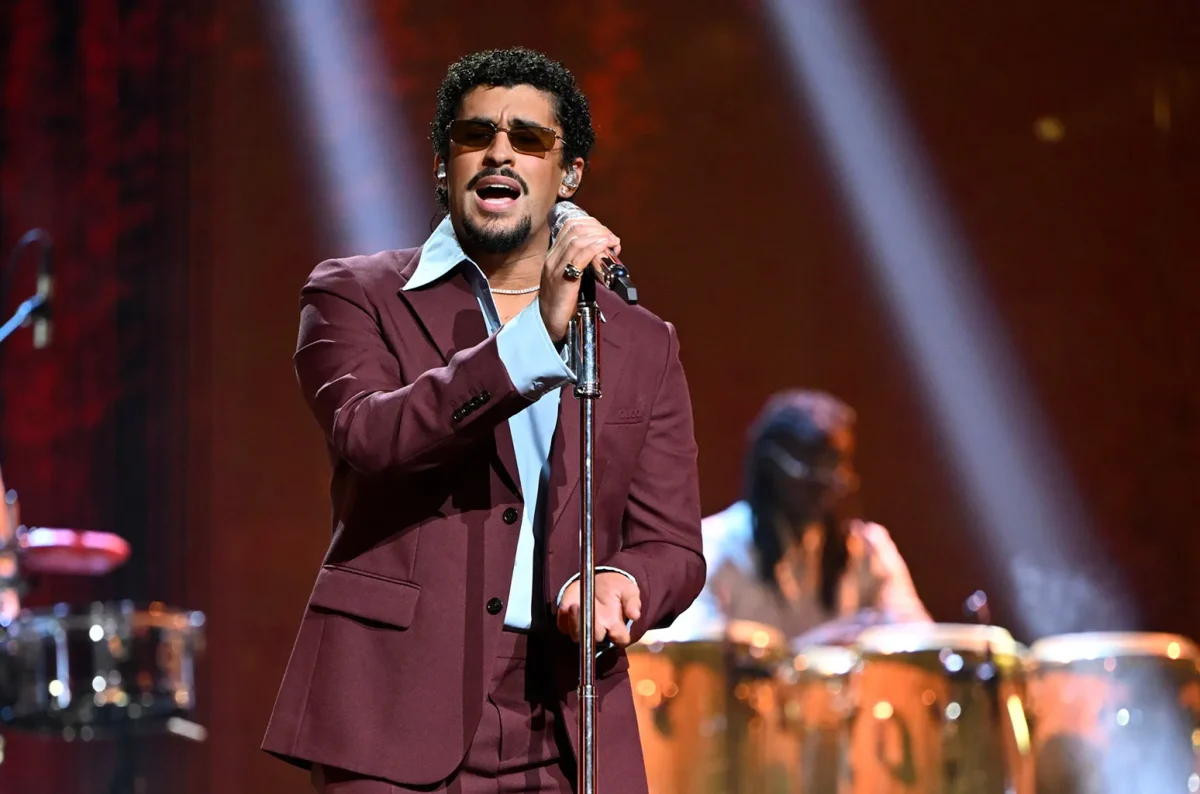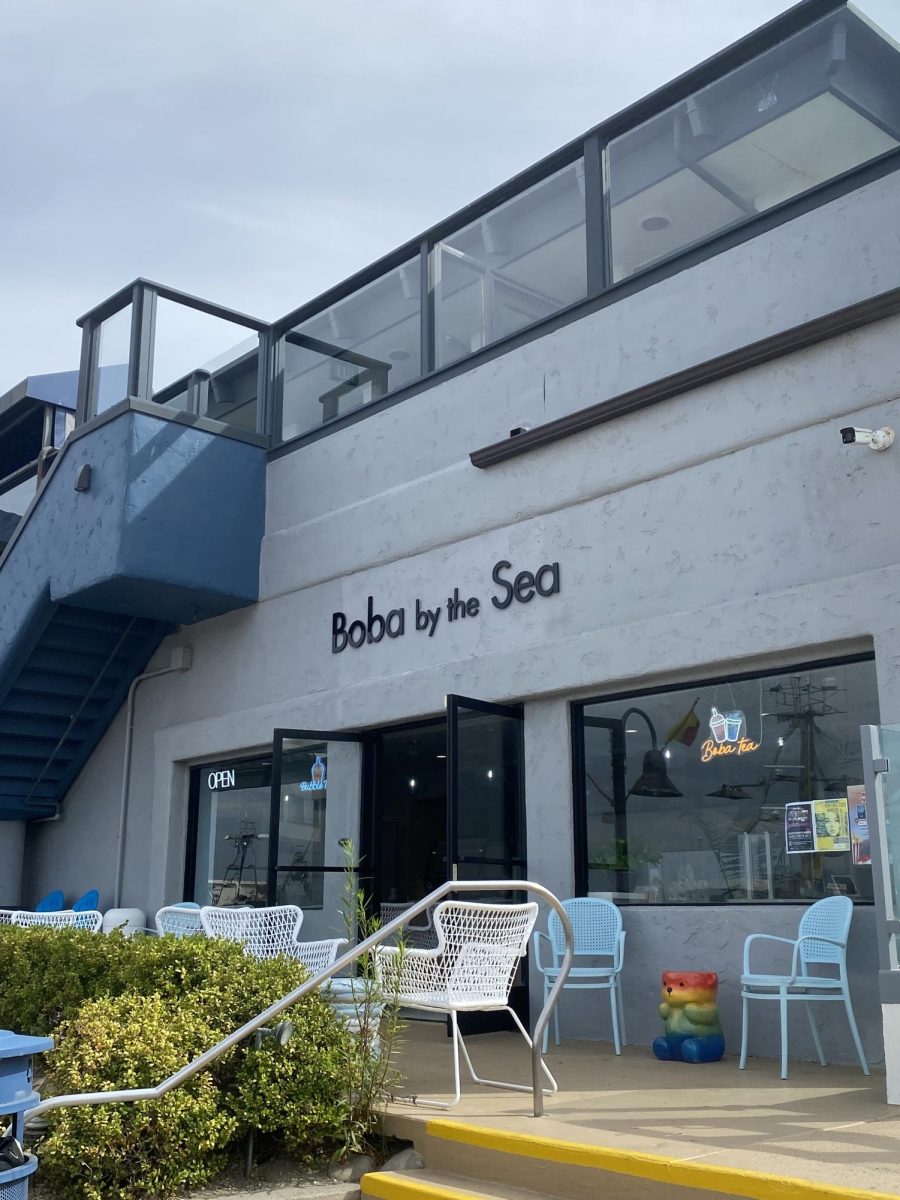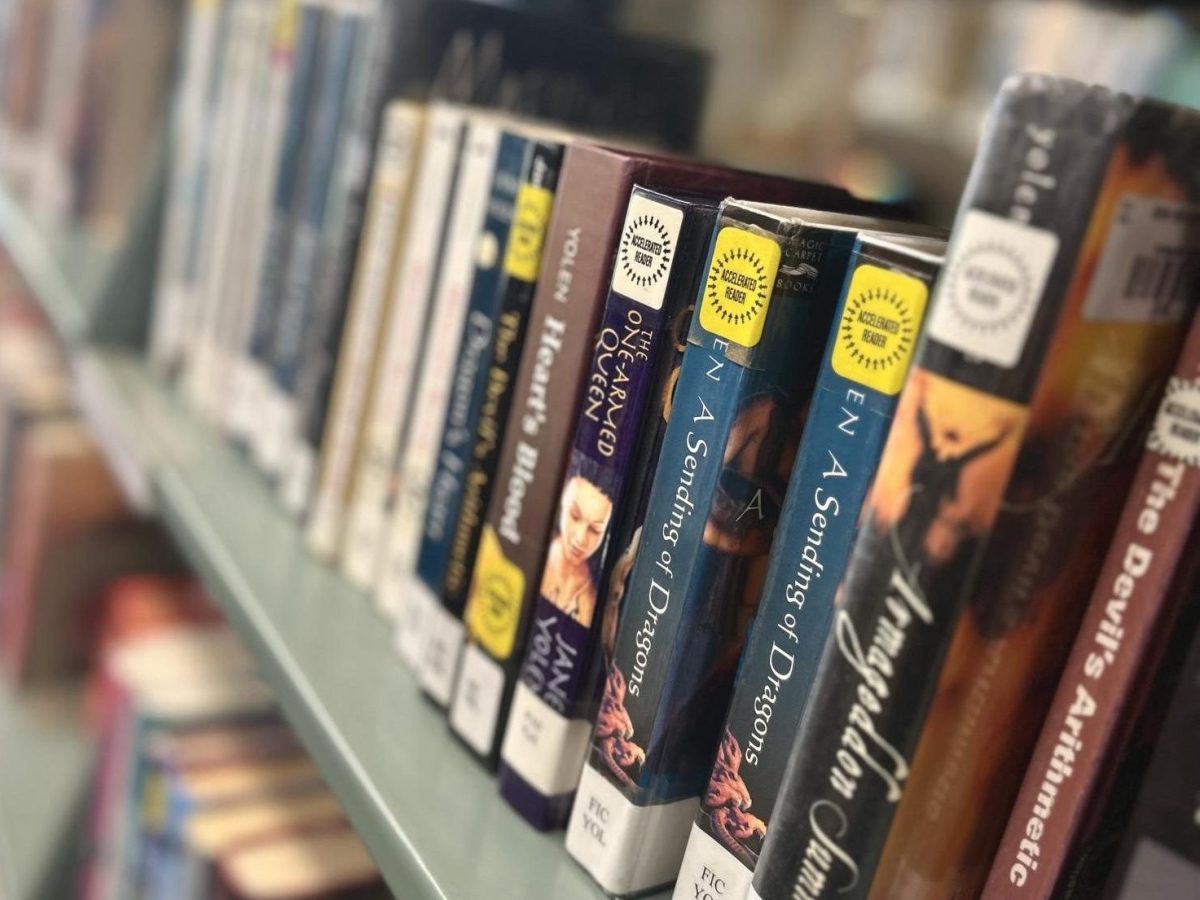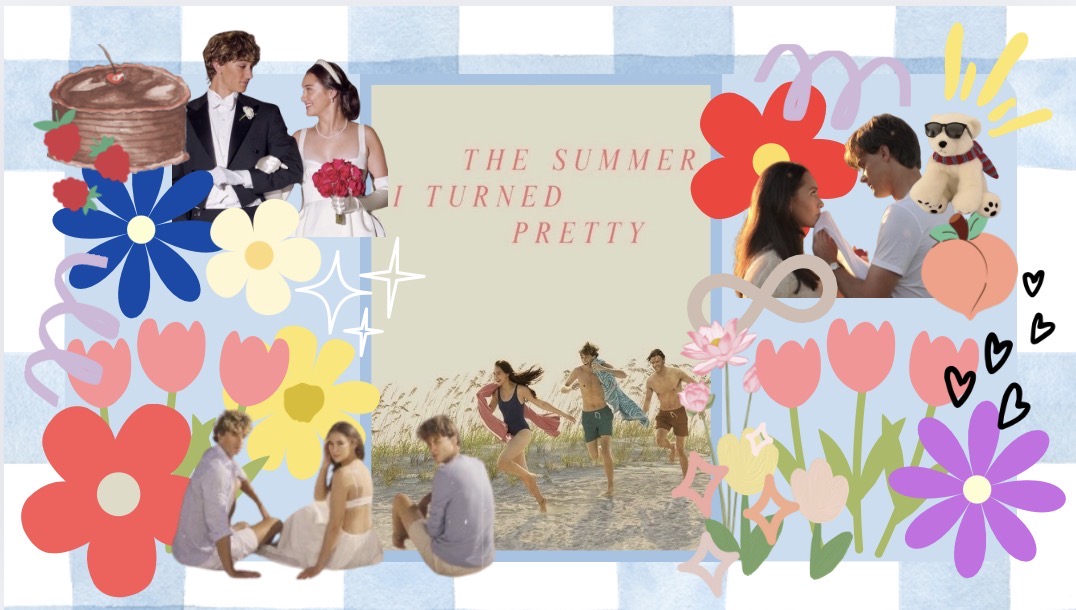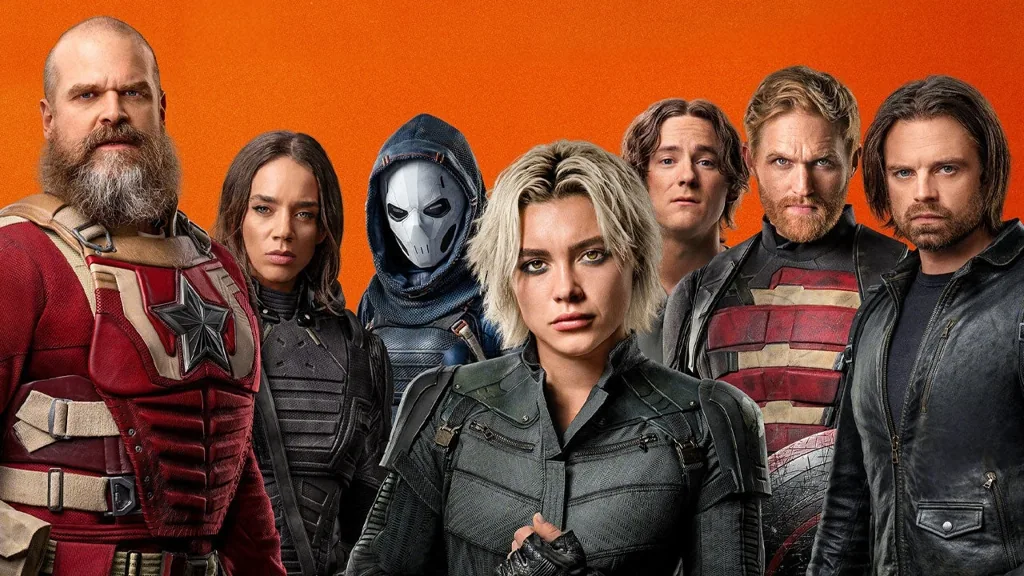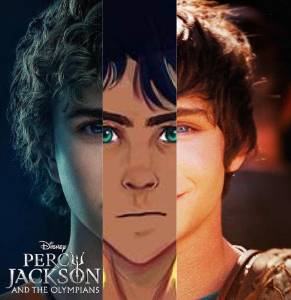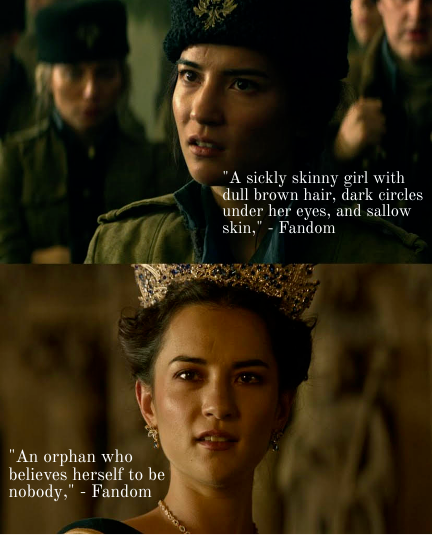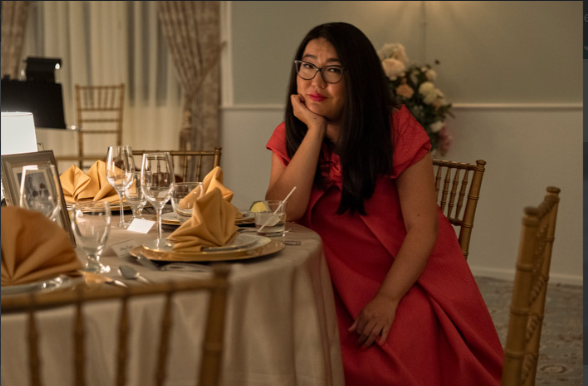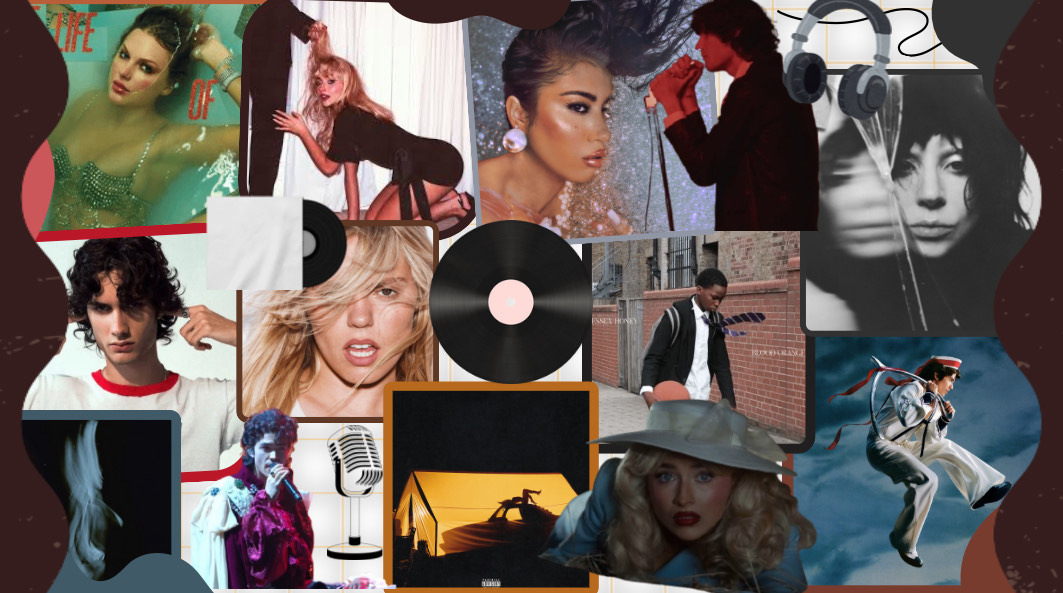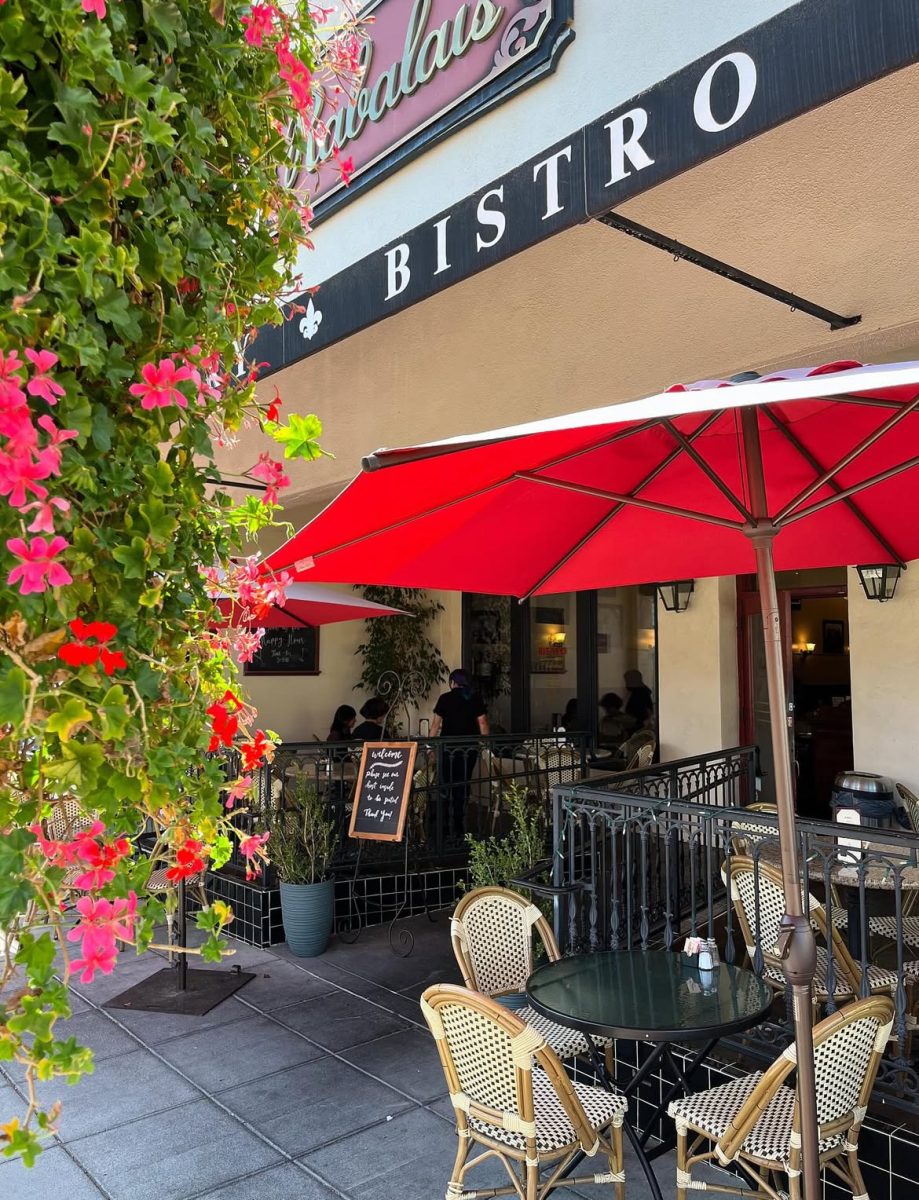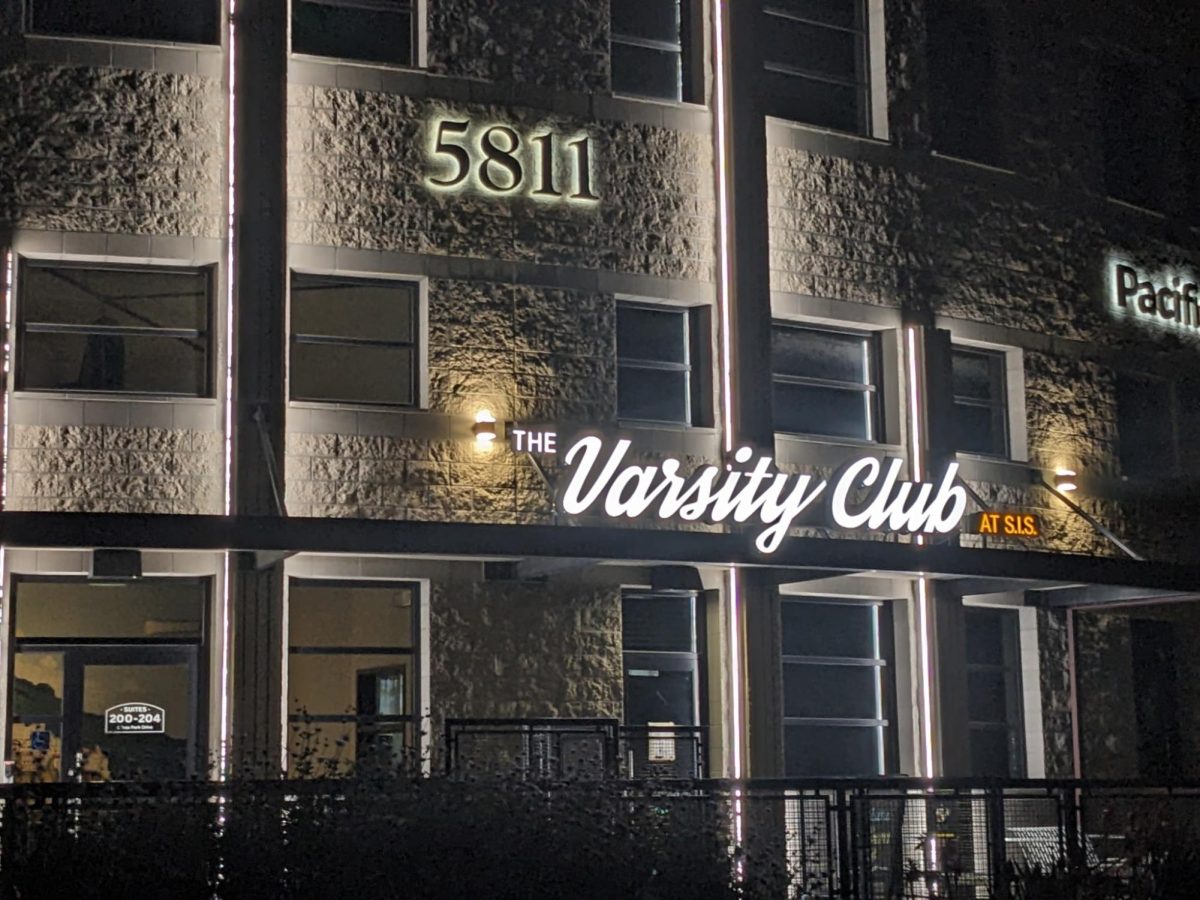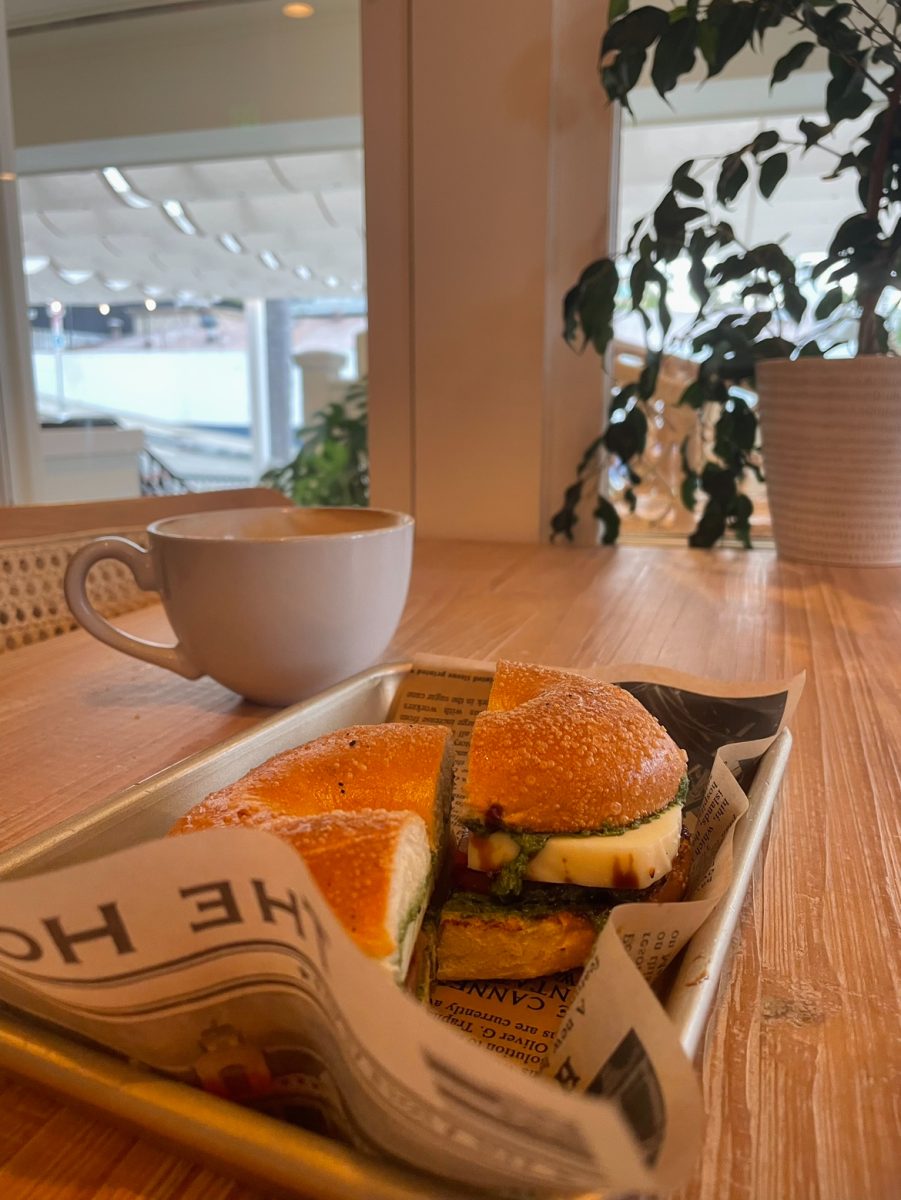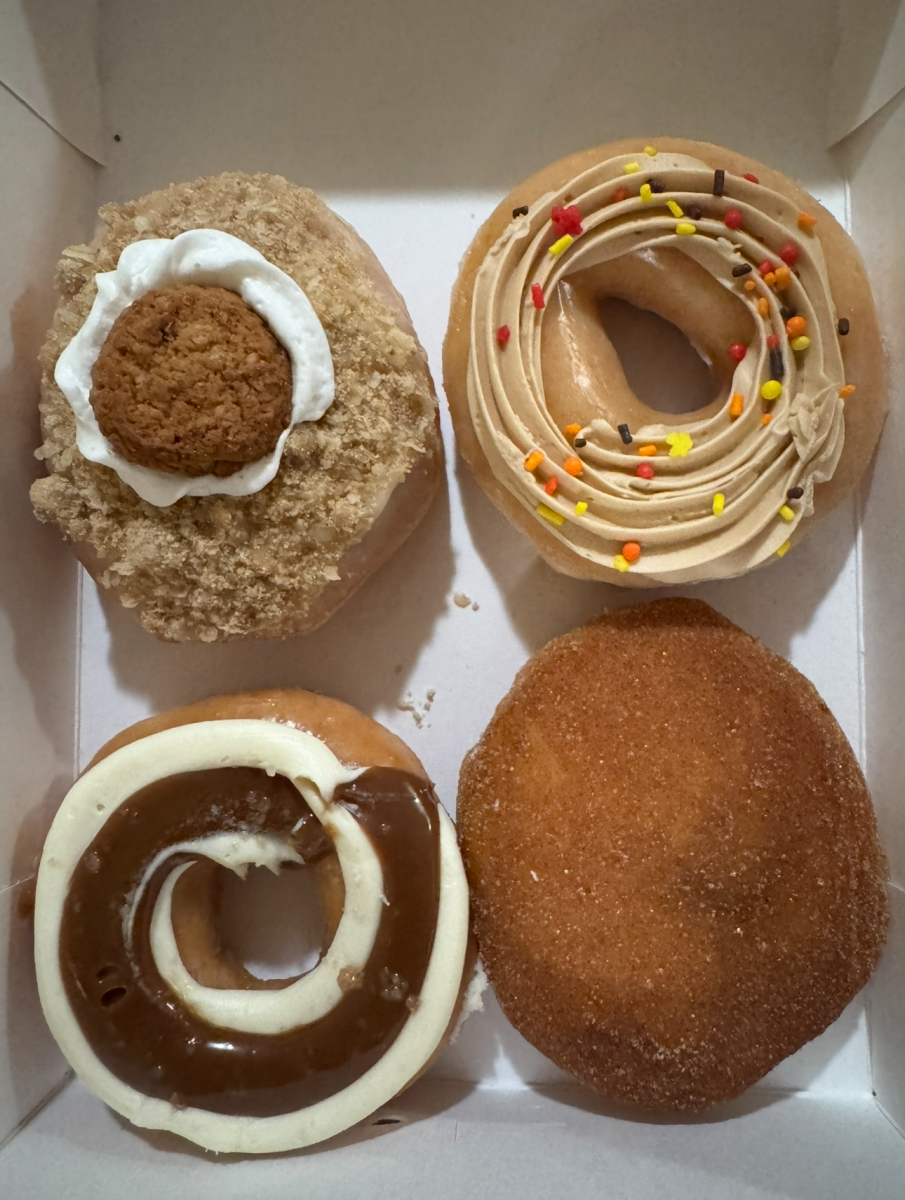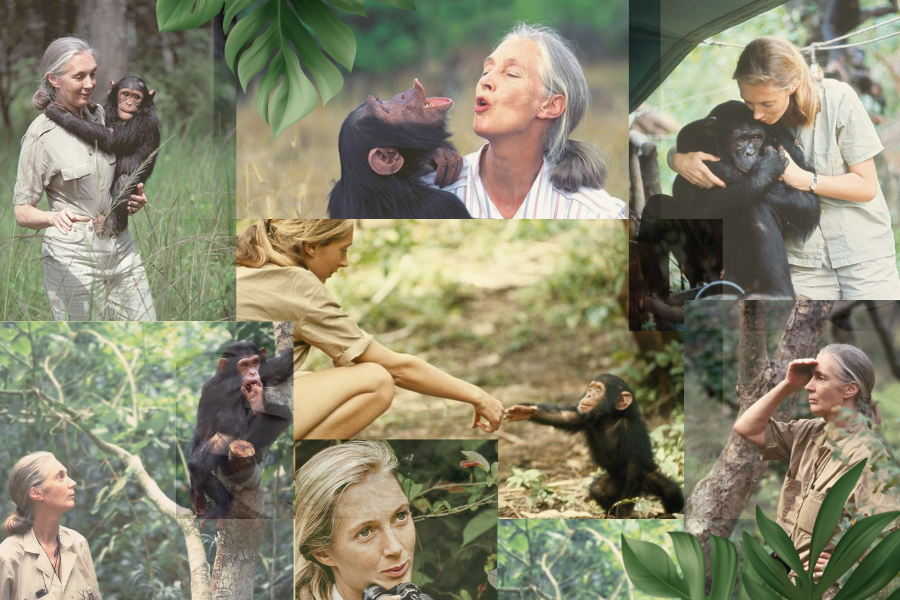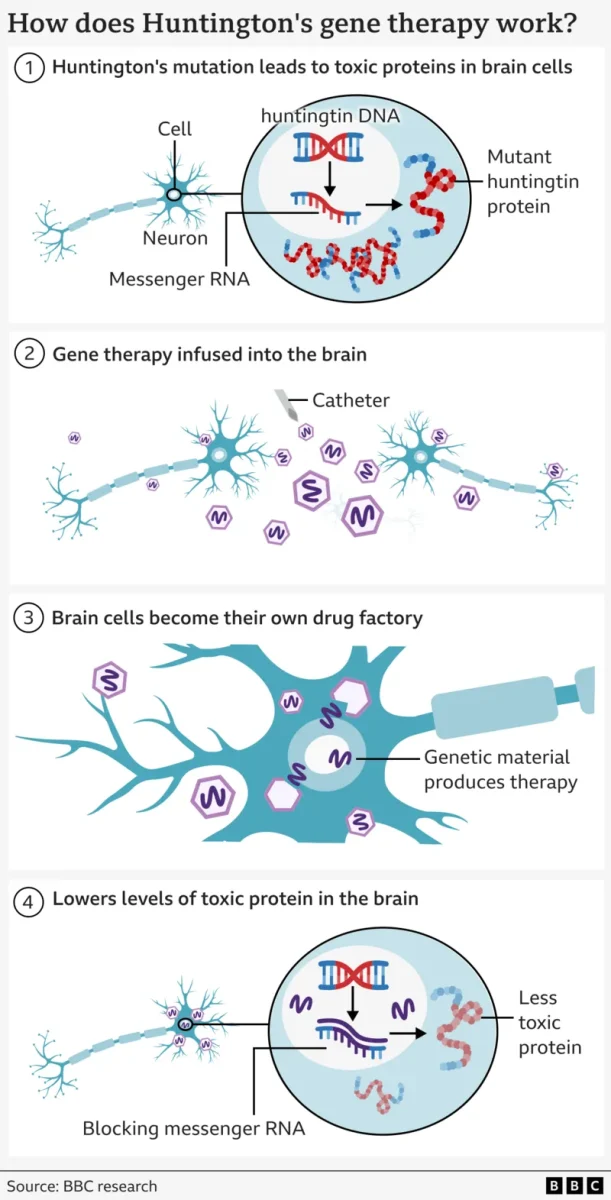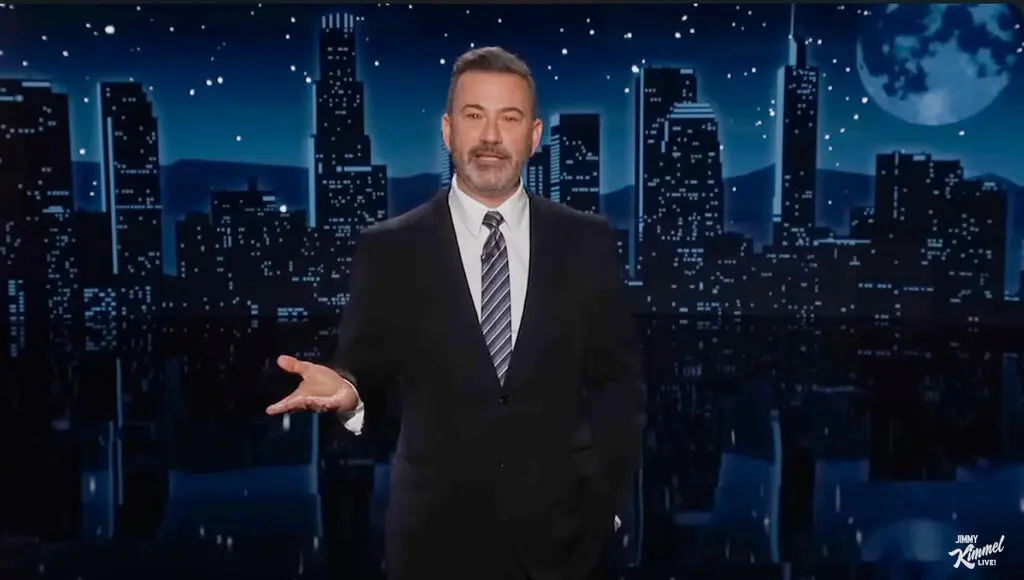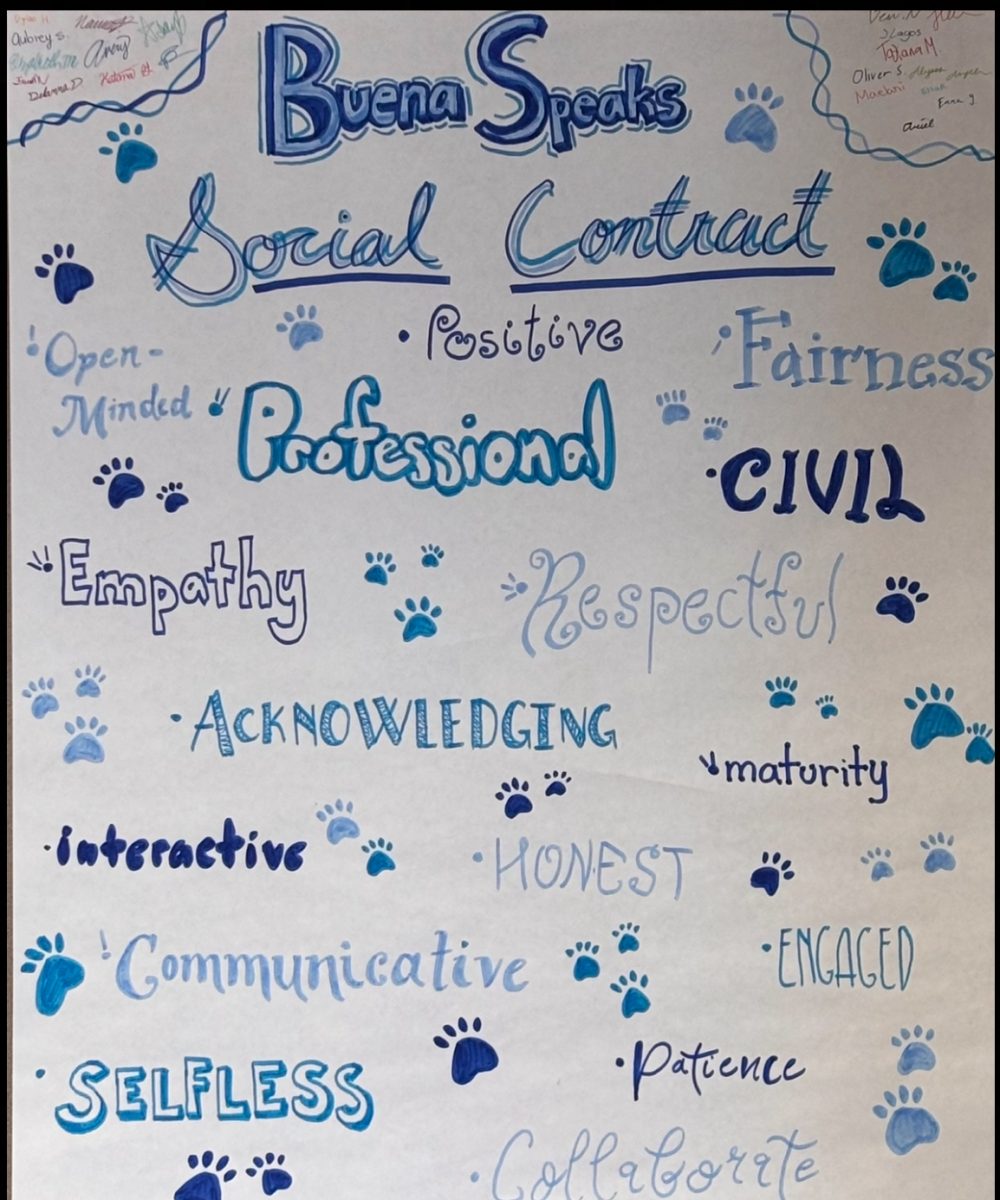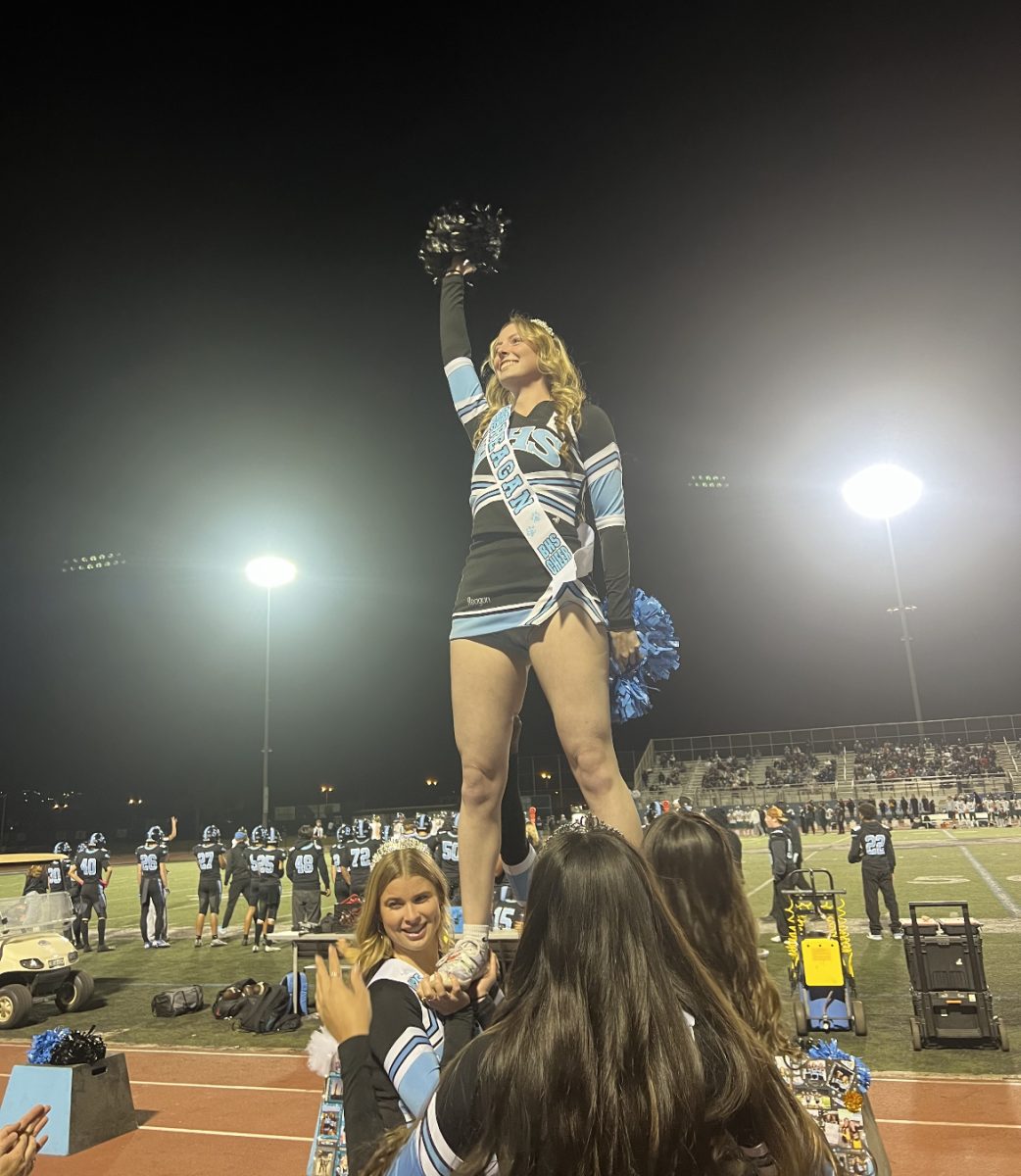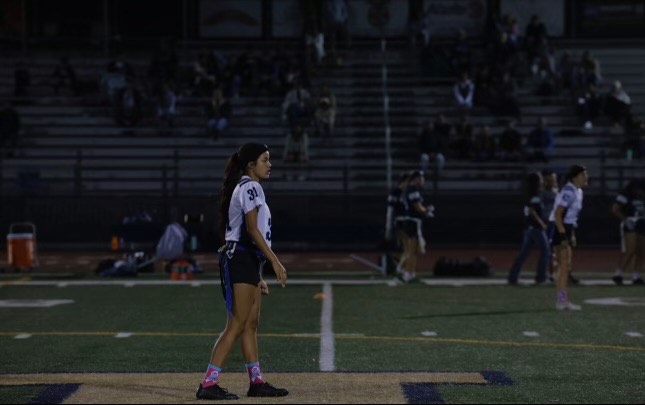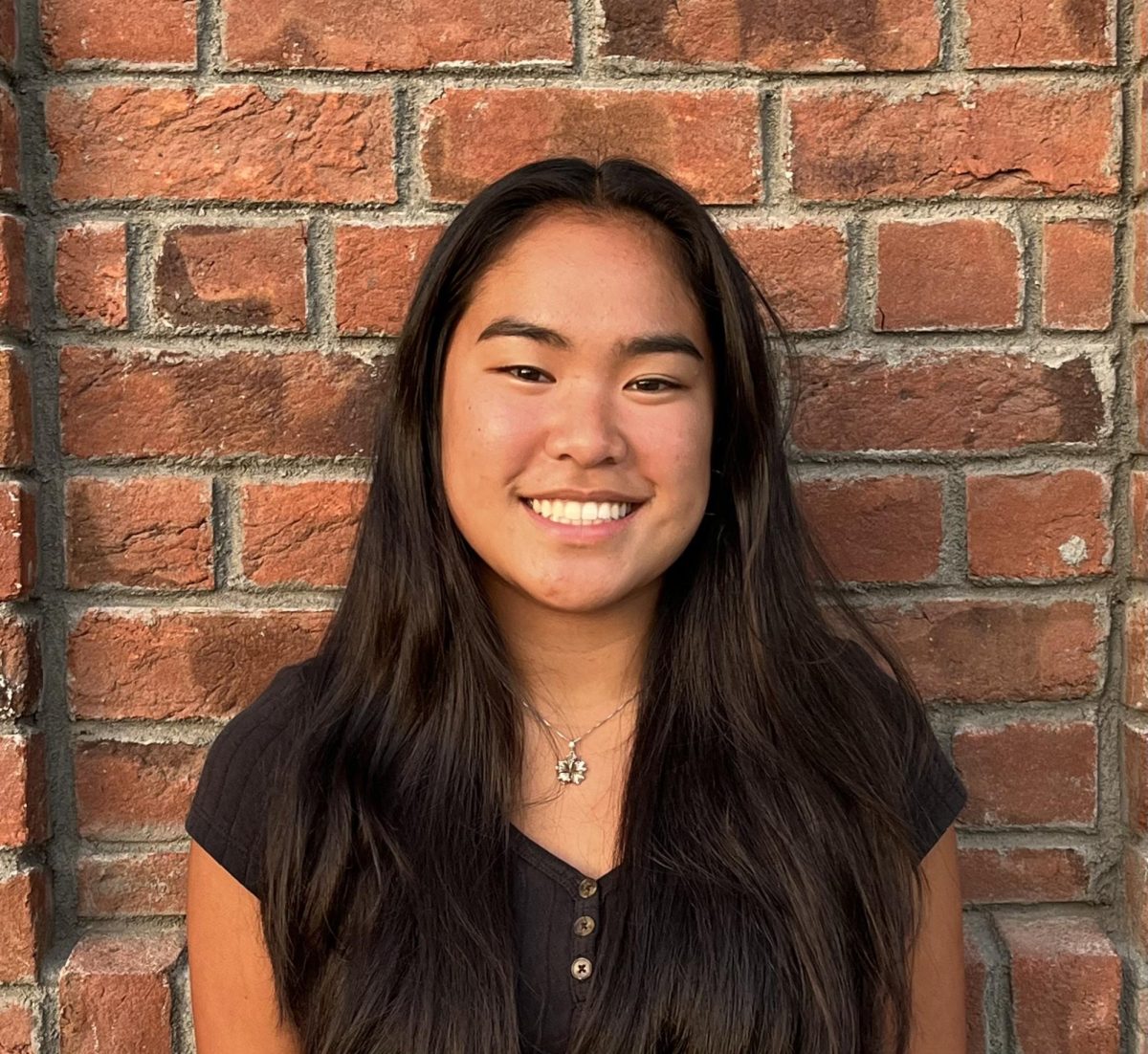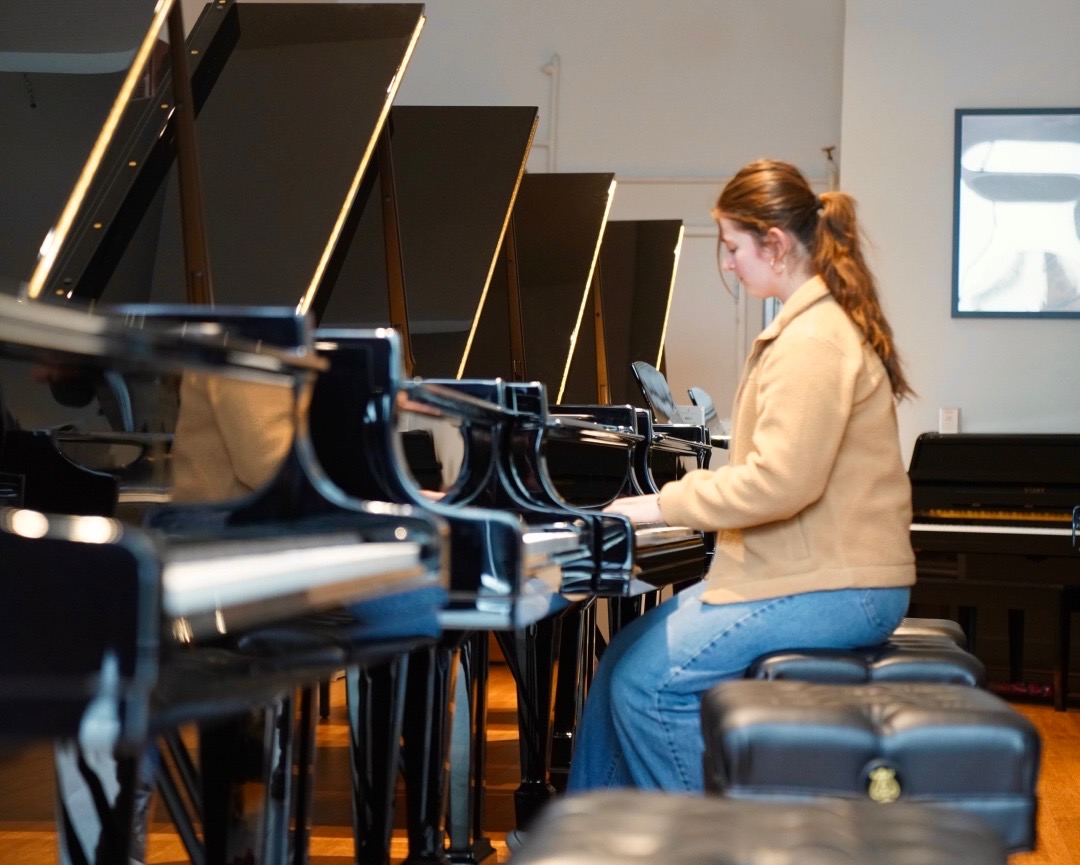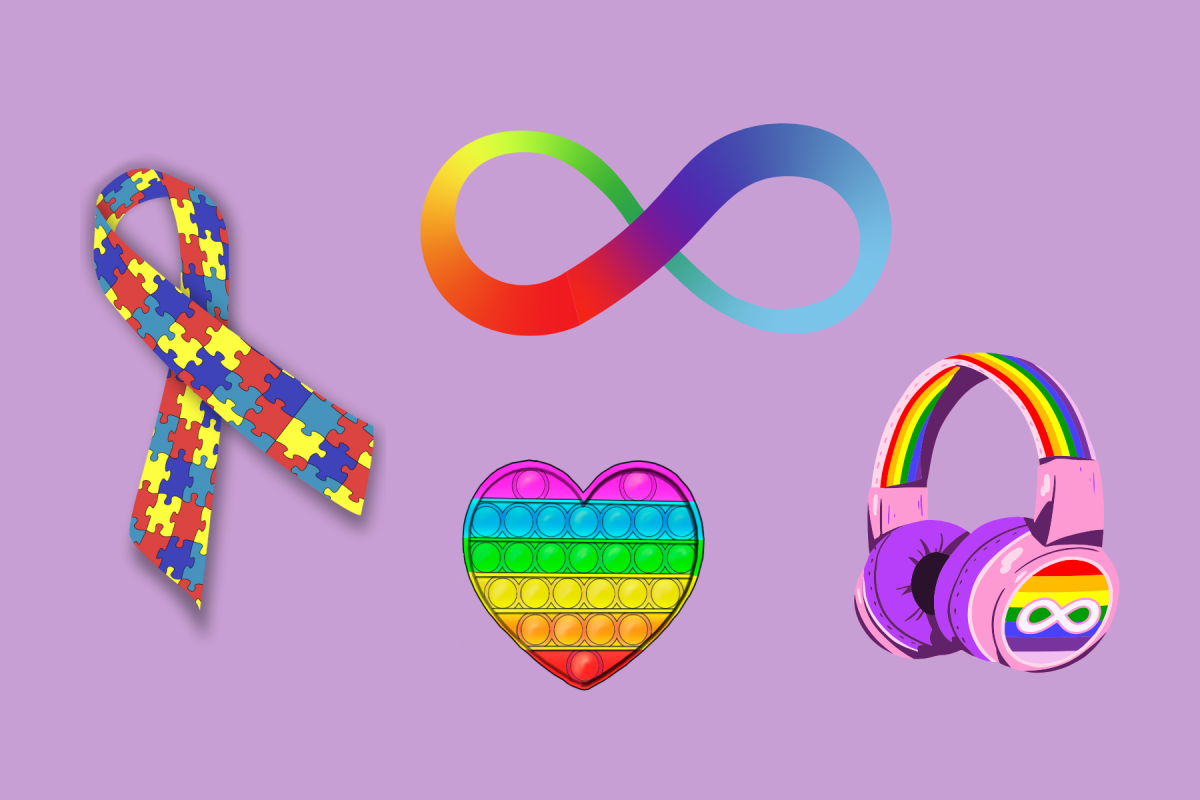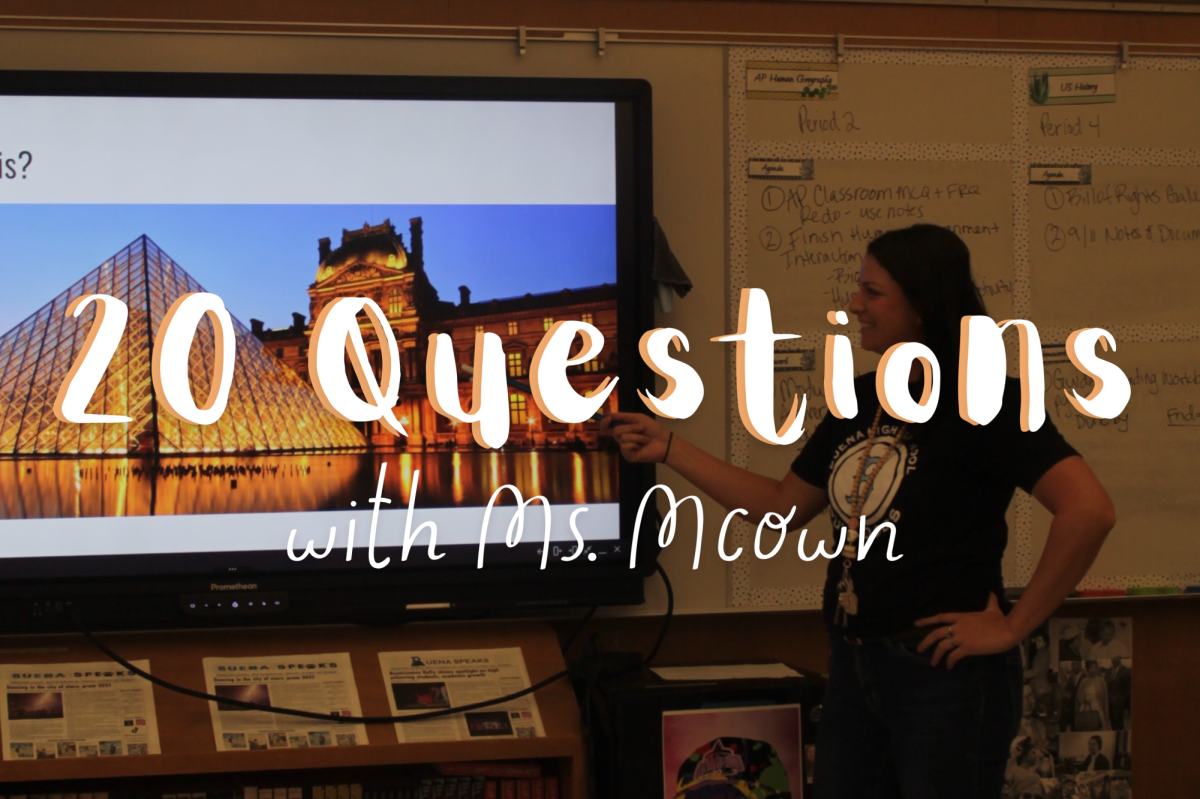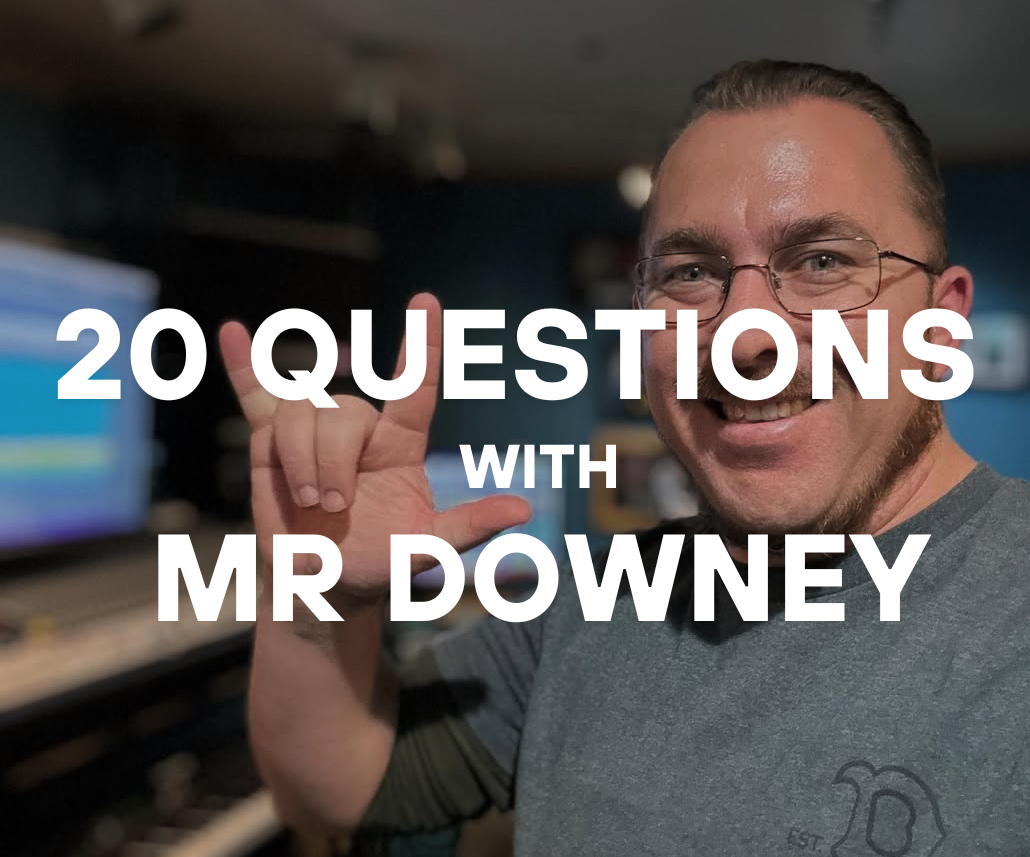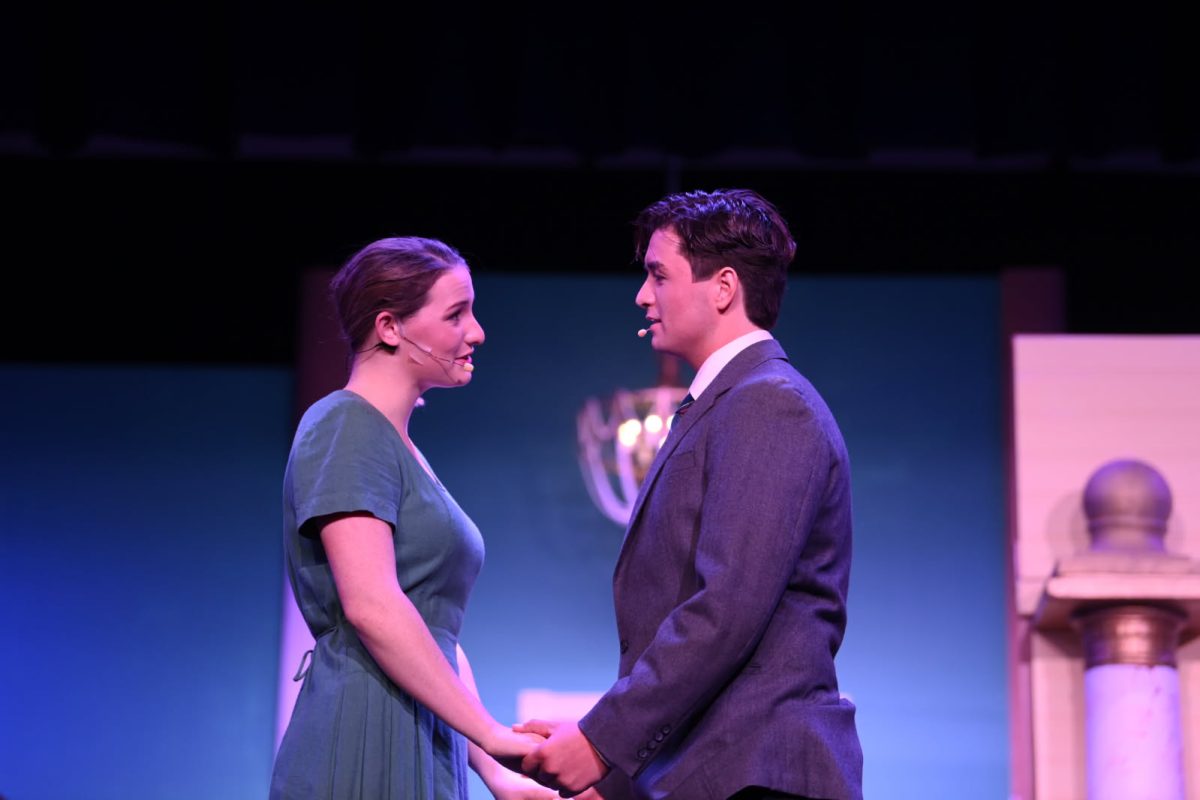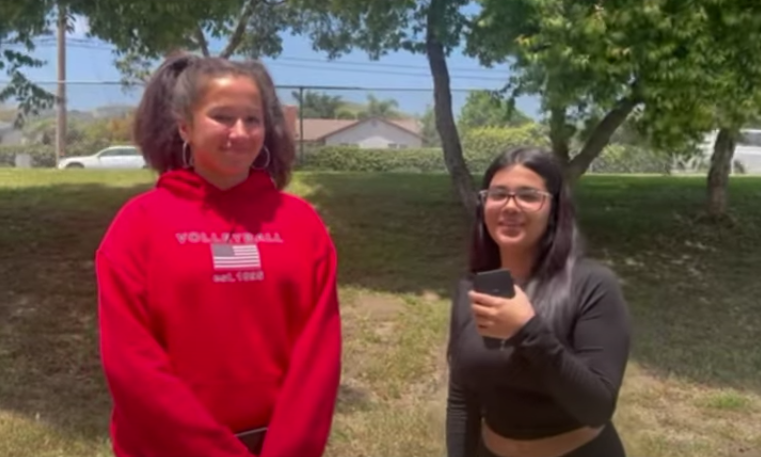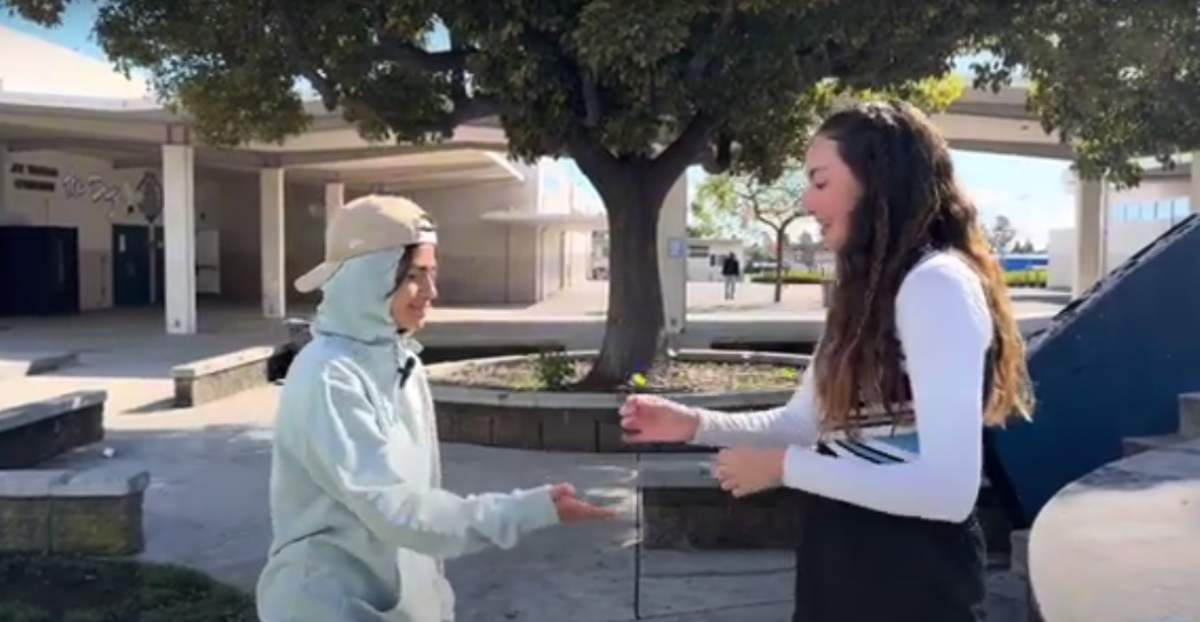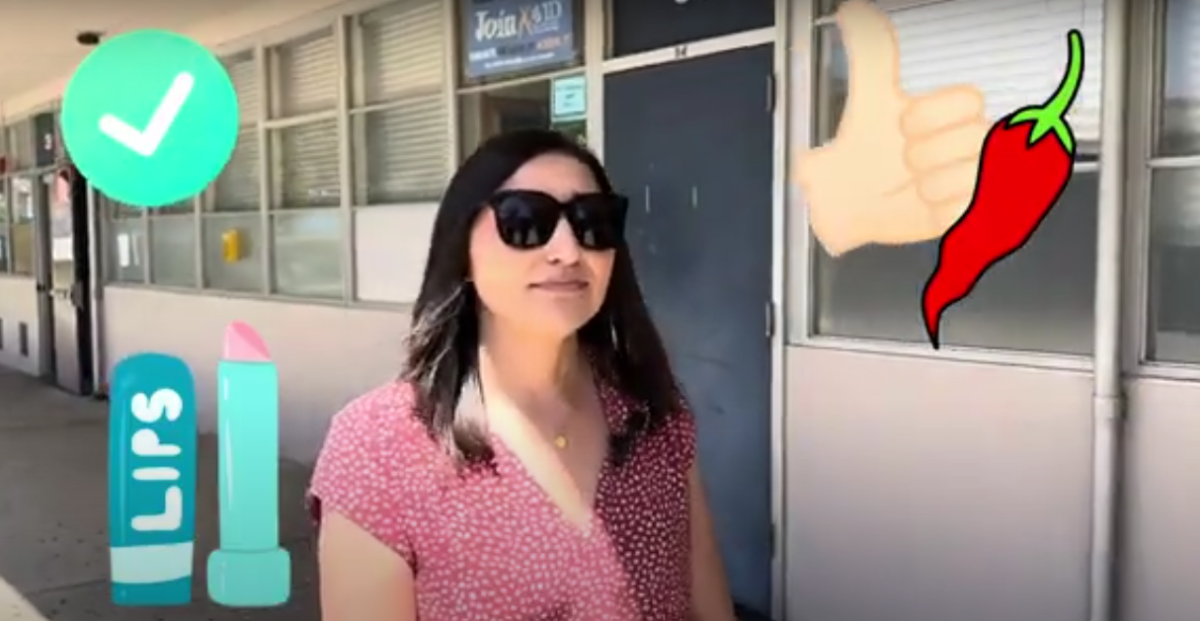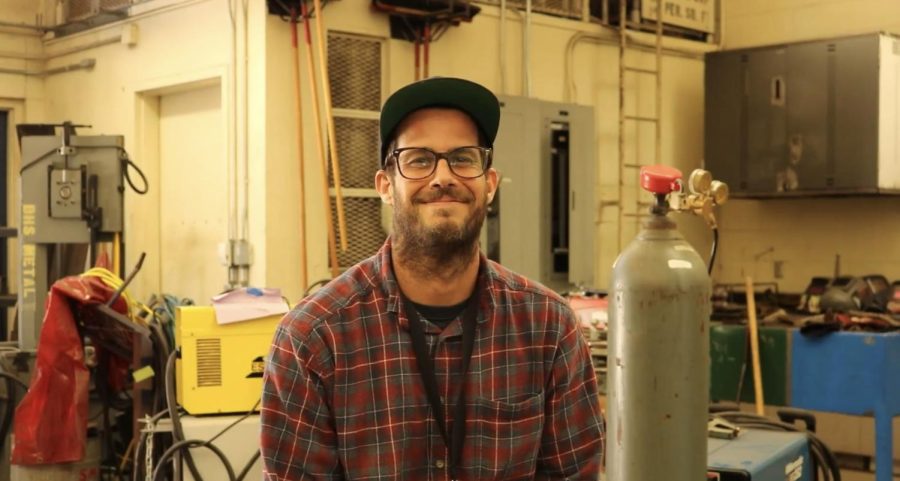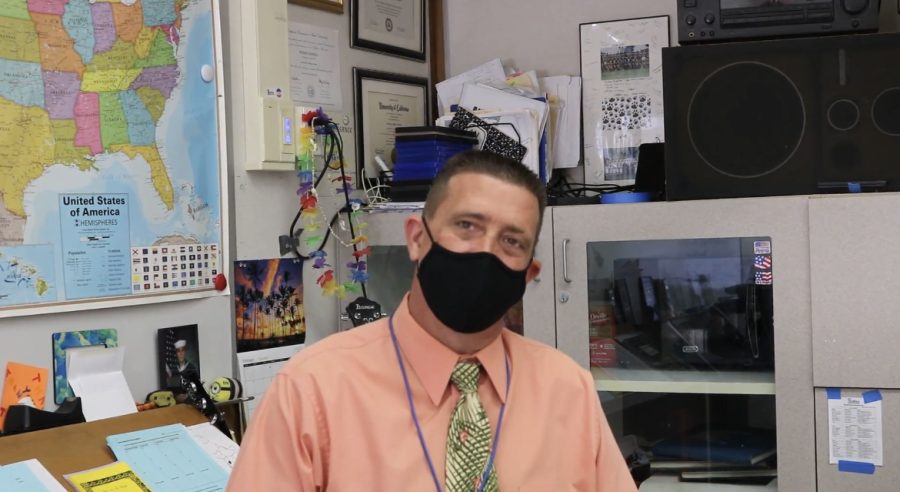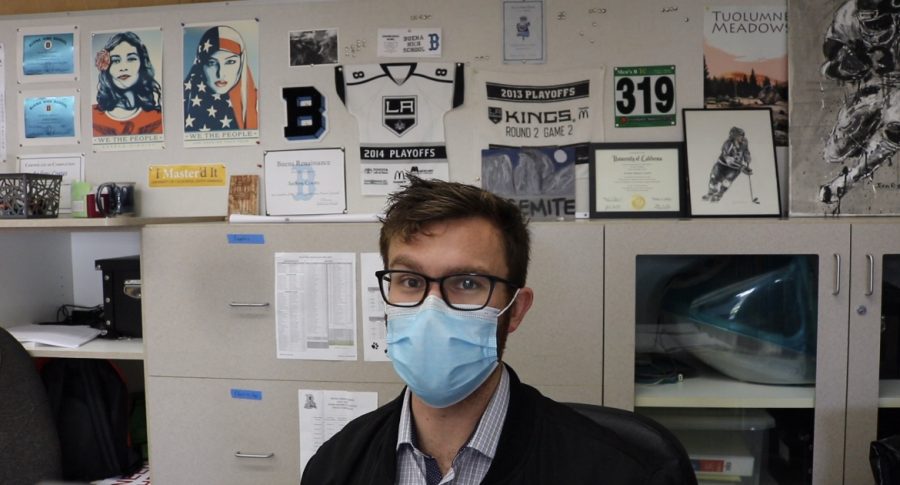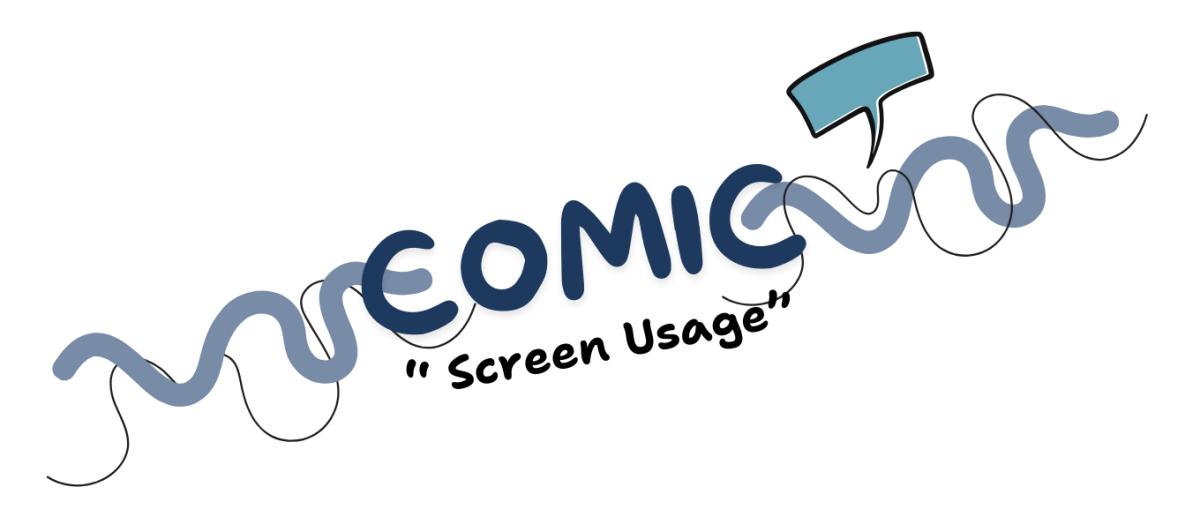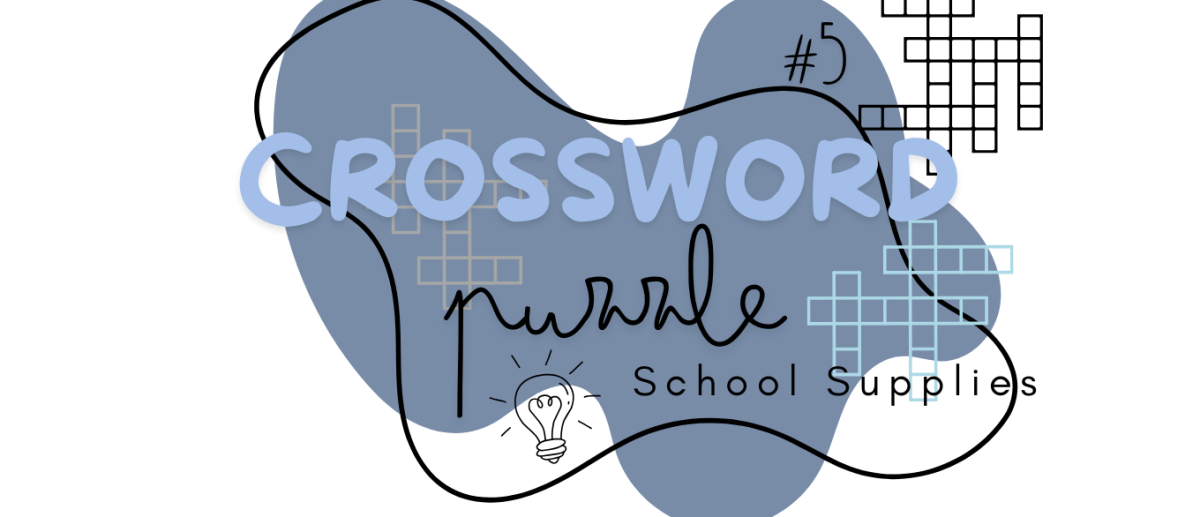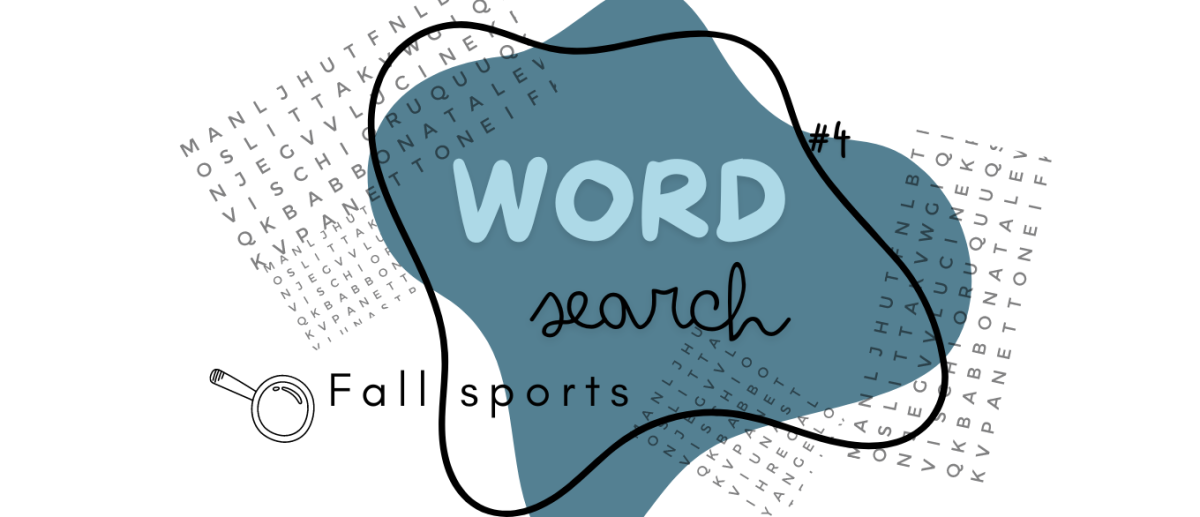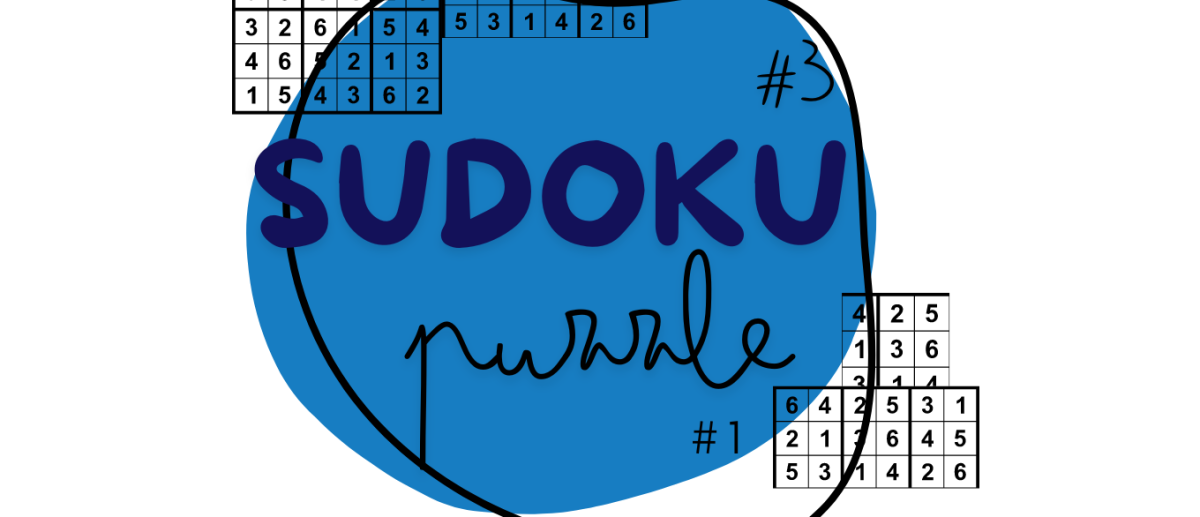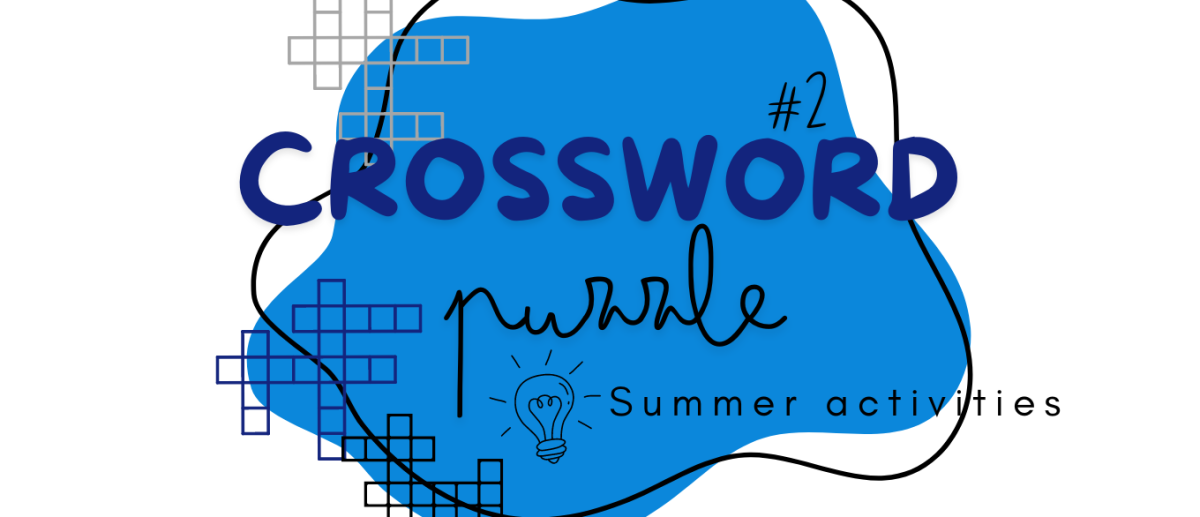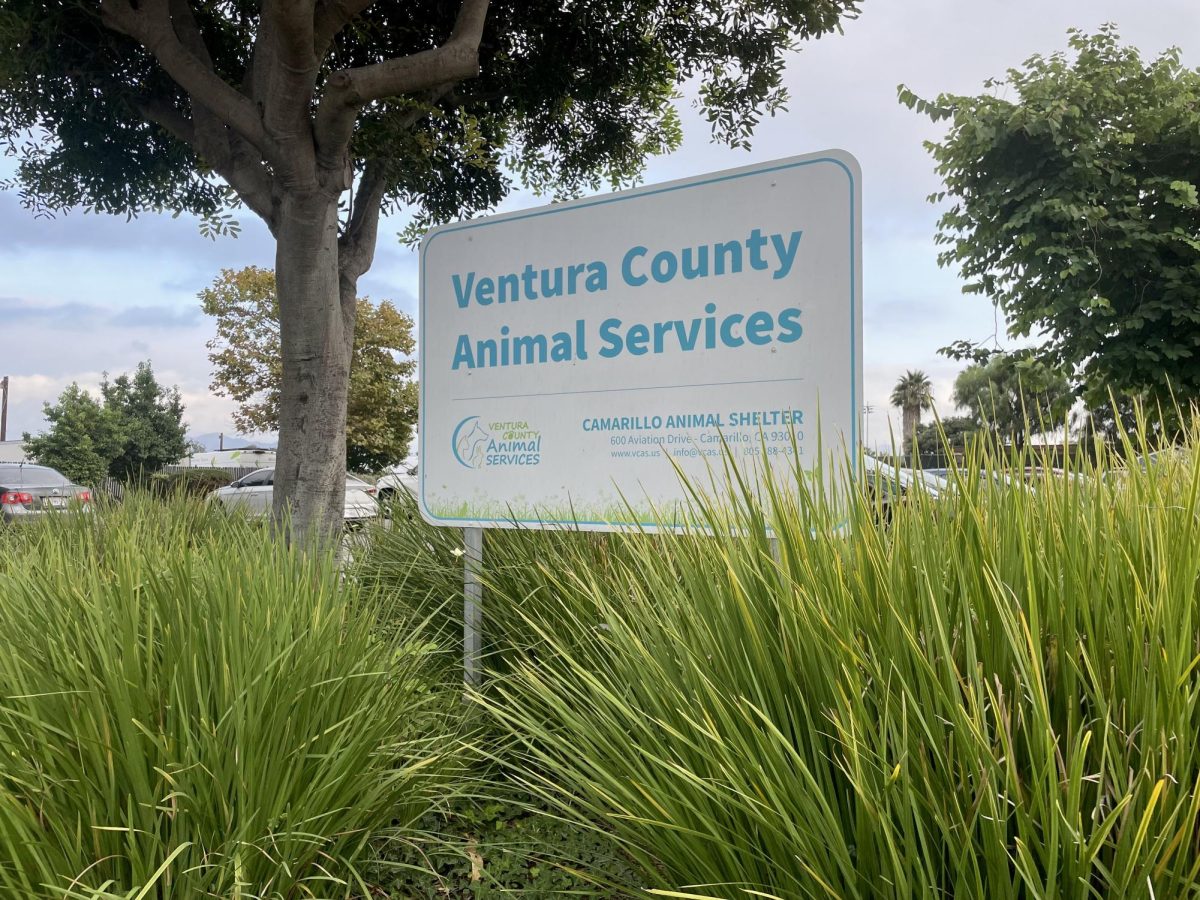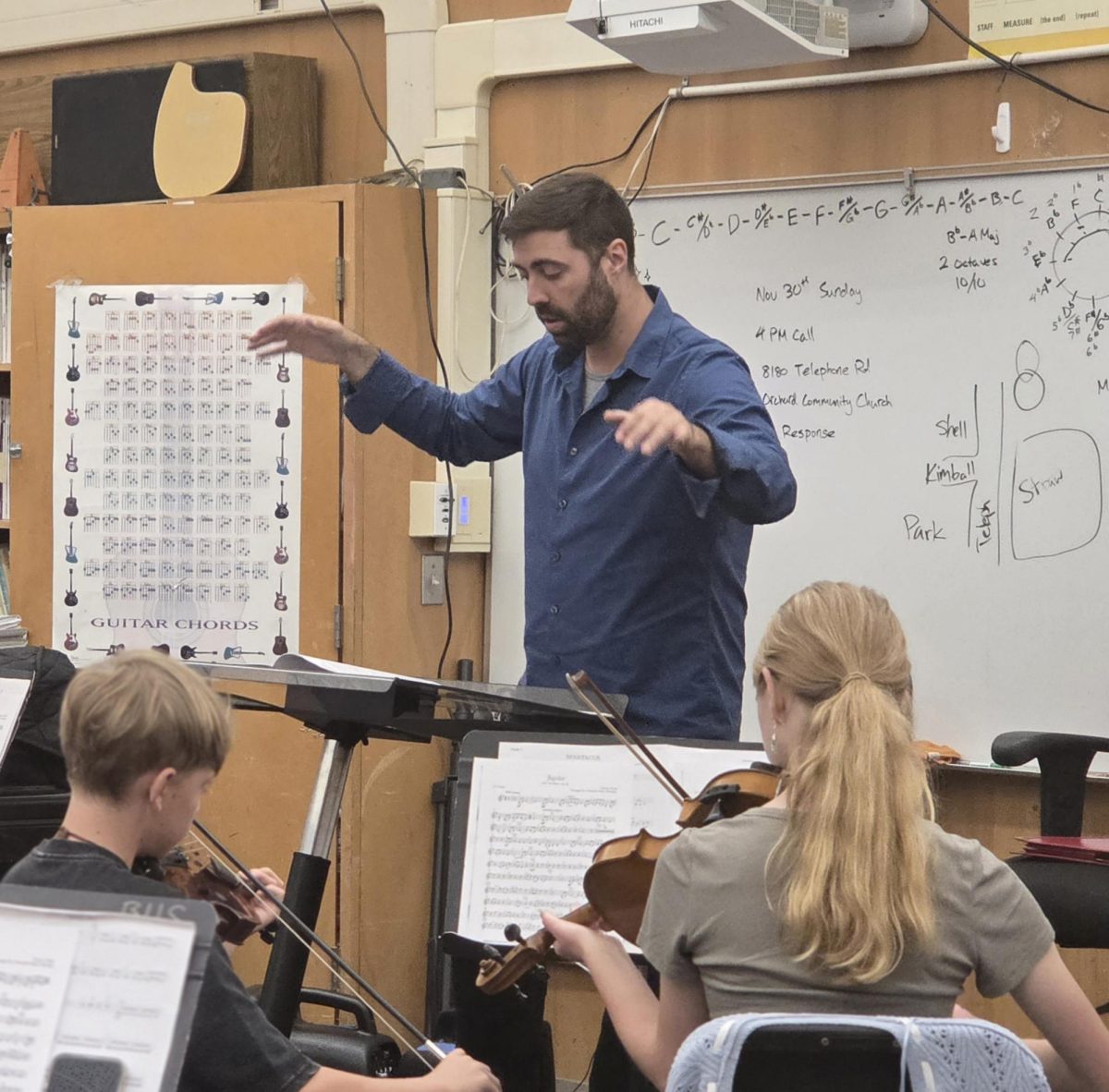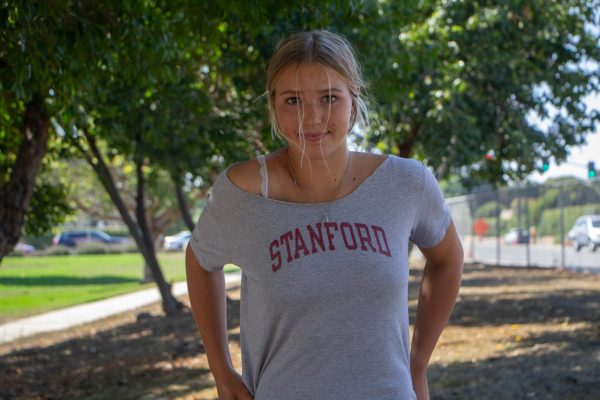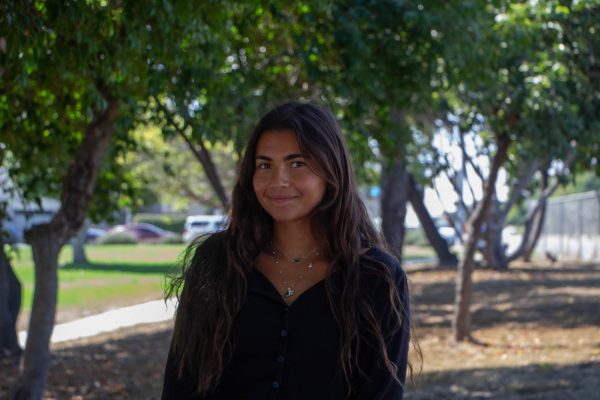At the impressive age of 91, while other living historical figures found themselves at home with their families, scientist and activist Jane Goodall was on a speaking tour in California, promoting conservation of wildlife to young people. Hours before she was to inspire millions of Americans, Goodall passed away on Oct. 1, 2025 from natural causes.
Like many heroes, Goodall came from humble beginnings. Born April 3, 1934, Goodall was passionate about wildlife from childhood. Unable to afford college, she worked many odd jobs, saving every penny to be able to go to Africa to pursue her dreams as a scientist.
At 23, she came across the opportunity of a lifetime after meeting paleoanthropologist Dr. Louis Seymour Bazett Leakey in Africa, who offered to send her to the Gombe Stream Game Reserve to study wild chimpanzees. While there, Goodall formed a bond with the chimps not unlike any Disney princess, observing that the animals had the same tendencies as humans, were able to create tools of their own and had their own hierarchies, wars and families (National Geographic).
Biology teacher Michael Foster noted her ability to treat animals as closely to humans as possible, making her studies distinctive from other popular researchers.
“Her studies were all about her observations and data. Because of that, she was able to forge relationships and further our understanding of not just primates, but humans as well,” Foster said.
Contrary to popular belief at the time, Goodall challenged the idea that humans were more unique and complex than other animals, upsetting many traditional researchers and scientists.
After 20 years of learning about and advocating for the ecosystem she came to love, National Geographic published her book called “My Friends, the Wild Chimpanzees”, which sparked debates due to its aim at the general public rather than an academic audience. Goodall wanted to educate people not only to improve the science field but human relations with wild animals.
“I remember when I was a little girl watching things about her on the TV. That was pretty monumental back then in the early 80s. There weren’t a lot of women being highlighted like that,” Cara Comstock, an advocate for Goodall, said. “I remembered watching her and thinking how amazing it is how she is dedicating her life to learning about these animals and making the world better for them.”
Goodall’s presence in hands-on fieldwork and scientific research was felt by young girls both in and out of the science field. Her courage, passion and intelligence was genuine, normalizing and encouraging women to be involved in the world around them without having to exploit themselves.
As global conflicts rose and Goodall’s field of work was threatened by deforestation, the 52-year–old did not think to hide, but instead jumped in as an activist and public speaker for wildlife.
Not only did she give multiple speeches and protests, garnering support from many young people, she also put her words into action, establishing the Jane Goodall Institute in 1977 that protected chimps and their environment, and additionally created refuges for wildlife who suffered in medical testing facilities or were affected by deforestation.
As a result of her work, children became hyper-aware of wildlife and nature. With her program, “Roots and Shoots,” established in 1991, she encouraged young people to actively participate in projects that protect the environment. Furthermore, Goodall’s work also promoted empathy and connection with nature, inspiring generations of children to go outside and touch grass.
“I think one of her biggest contributions, regardless of her [studies with] primates, is getting kids to connect their lives to the real world,” Foster said.
Even after her death, she still remains one of the most influential women in the world, leading a powerful naturalist movement with peace, kindness and love. Her willingness to cross social and geographical boundaries in a world that stigmatizes women’s roles and wildlife has made her one of the most impactful activists of all time. Despite previous beliefs that emotion does not have a place in science, Goodall proved that empathy is necessary to better learn and advance our knowledge of the natural world.
“Women were often dismissed in science, [but] she was able to forge her own path into the world of sciences and show so many young girls that they can do the same. If we forget the contributions made before us, they lose their value,” Comstock said.

